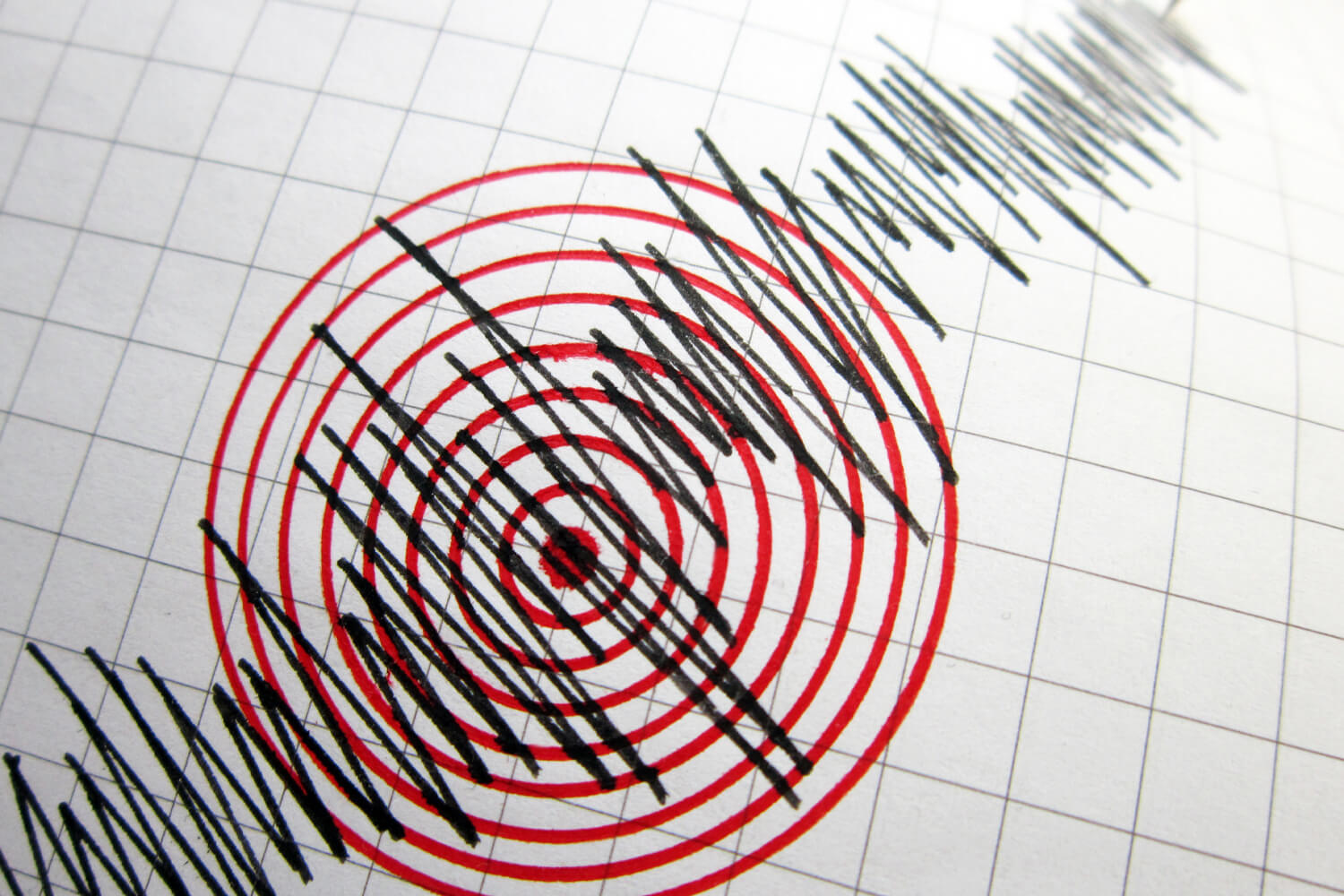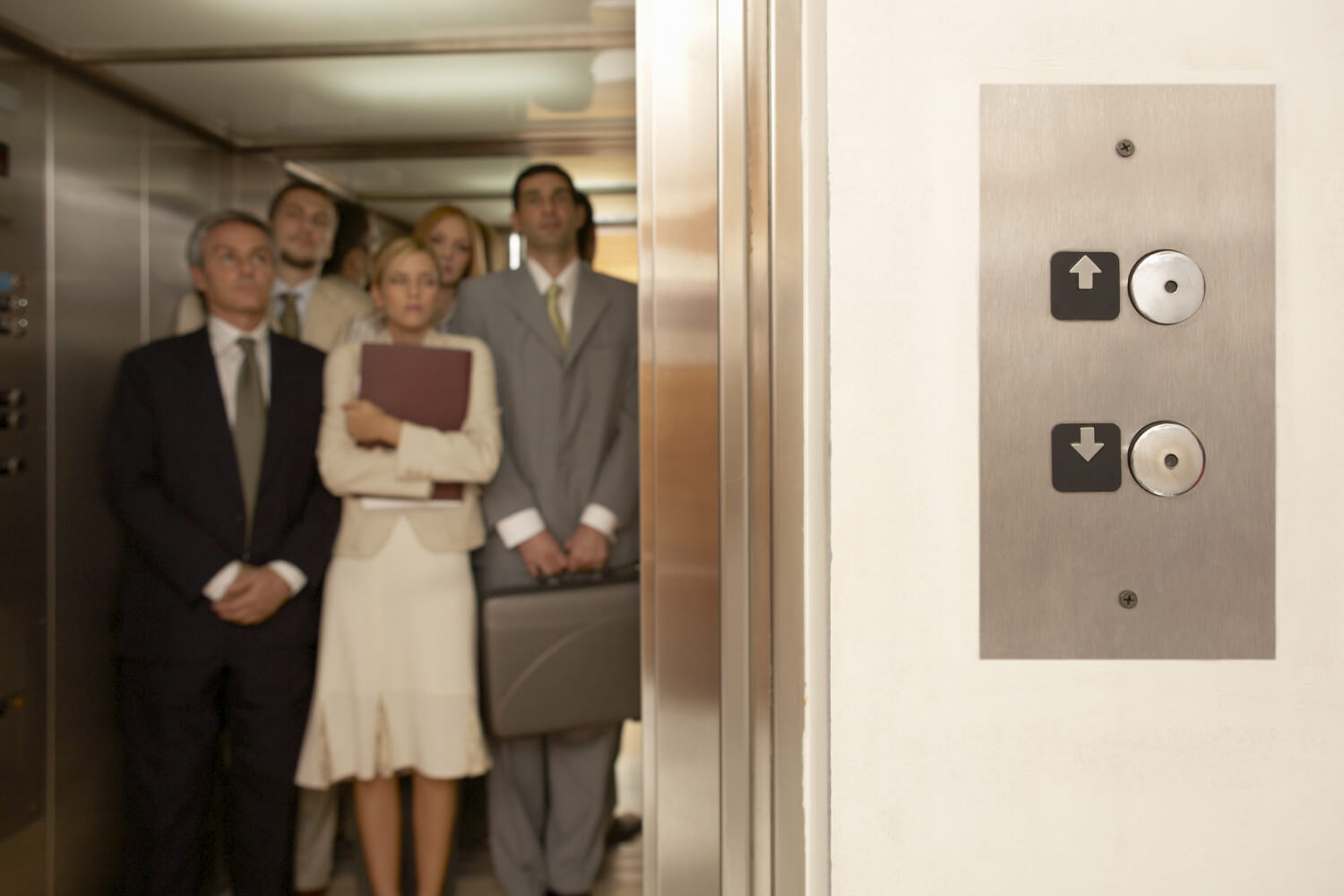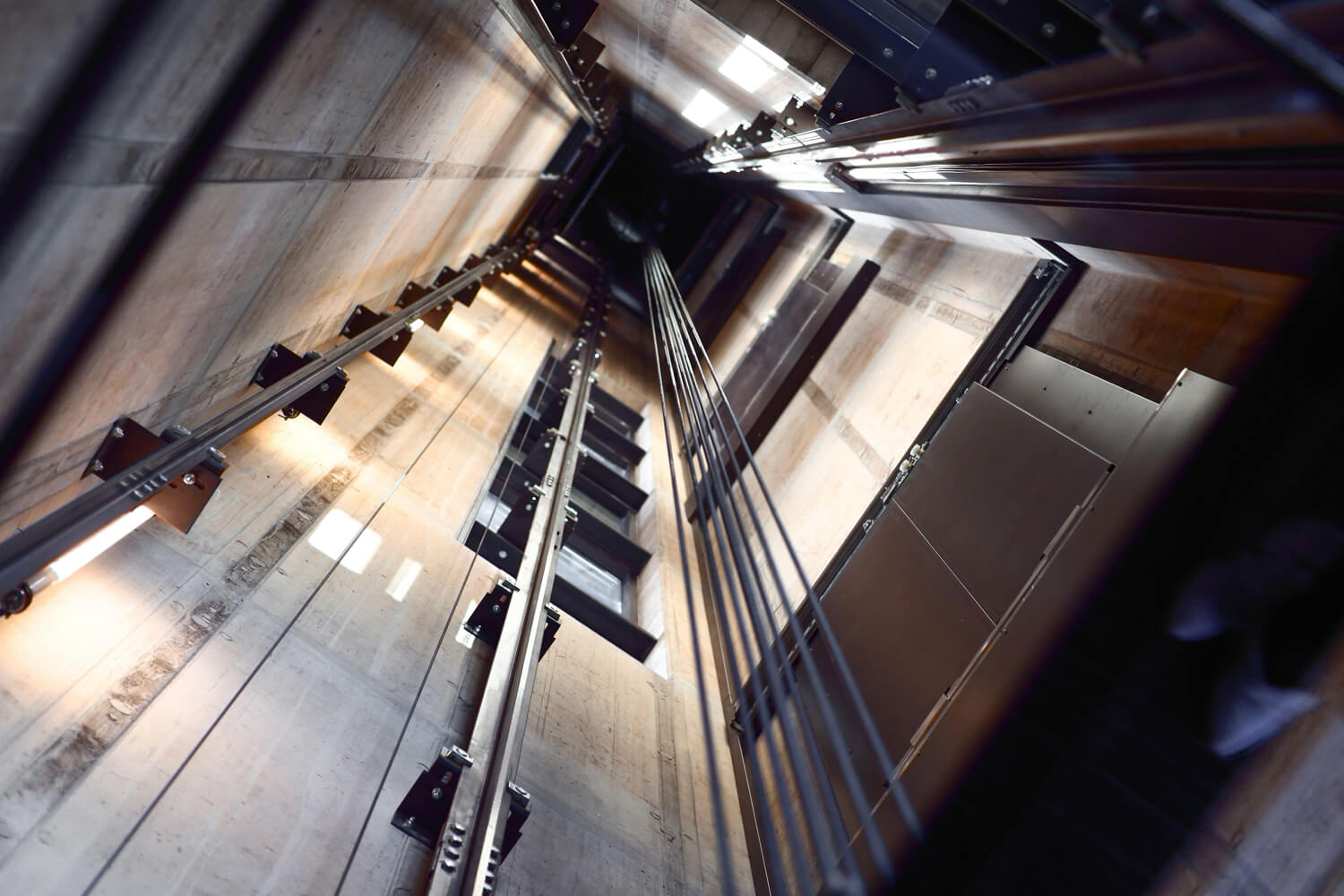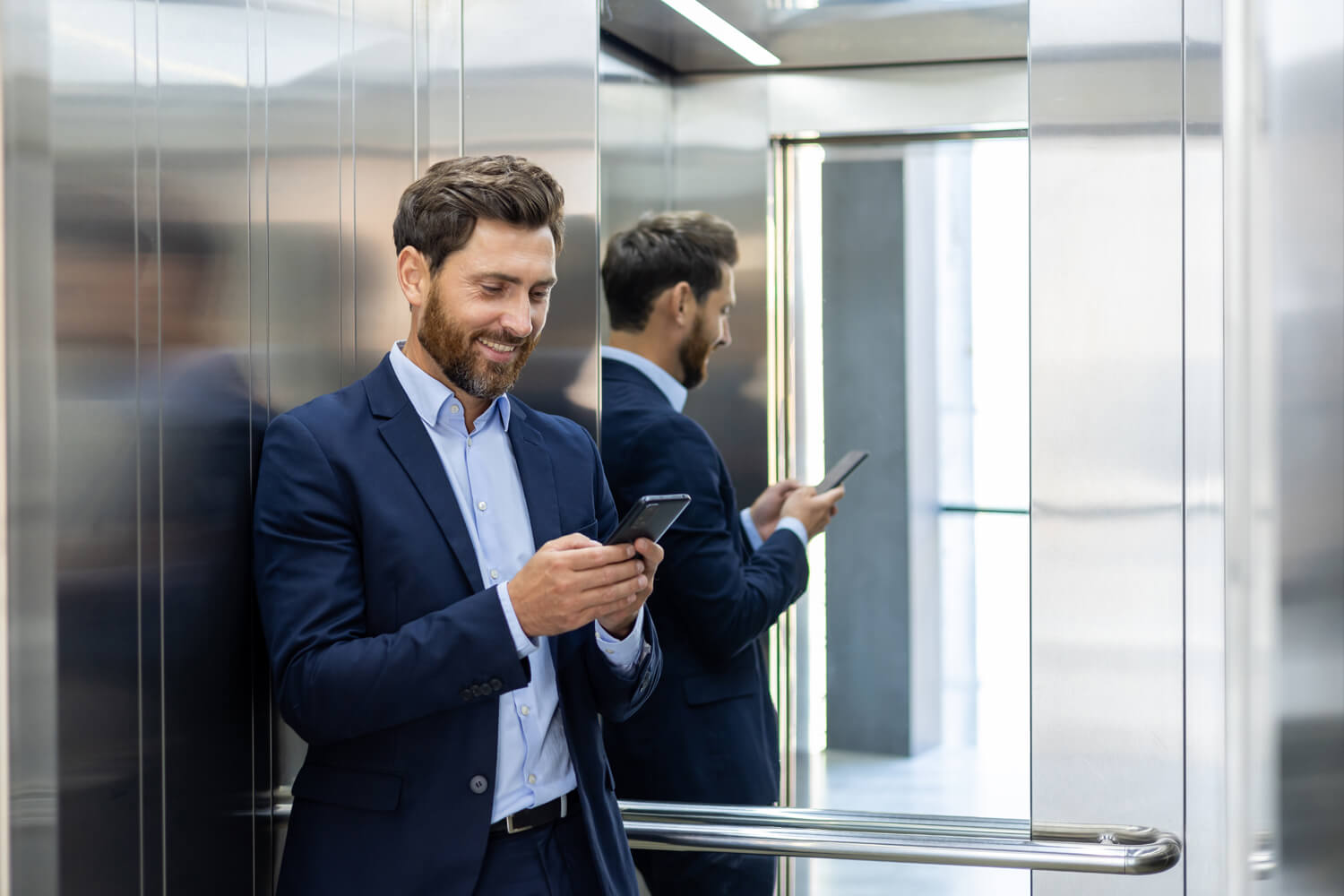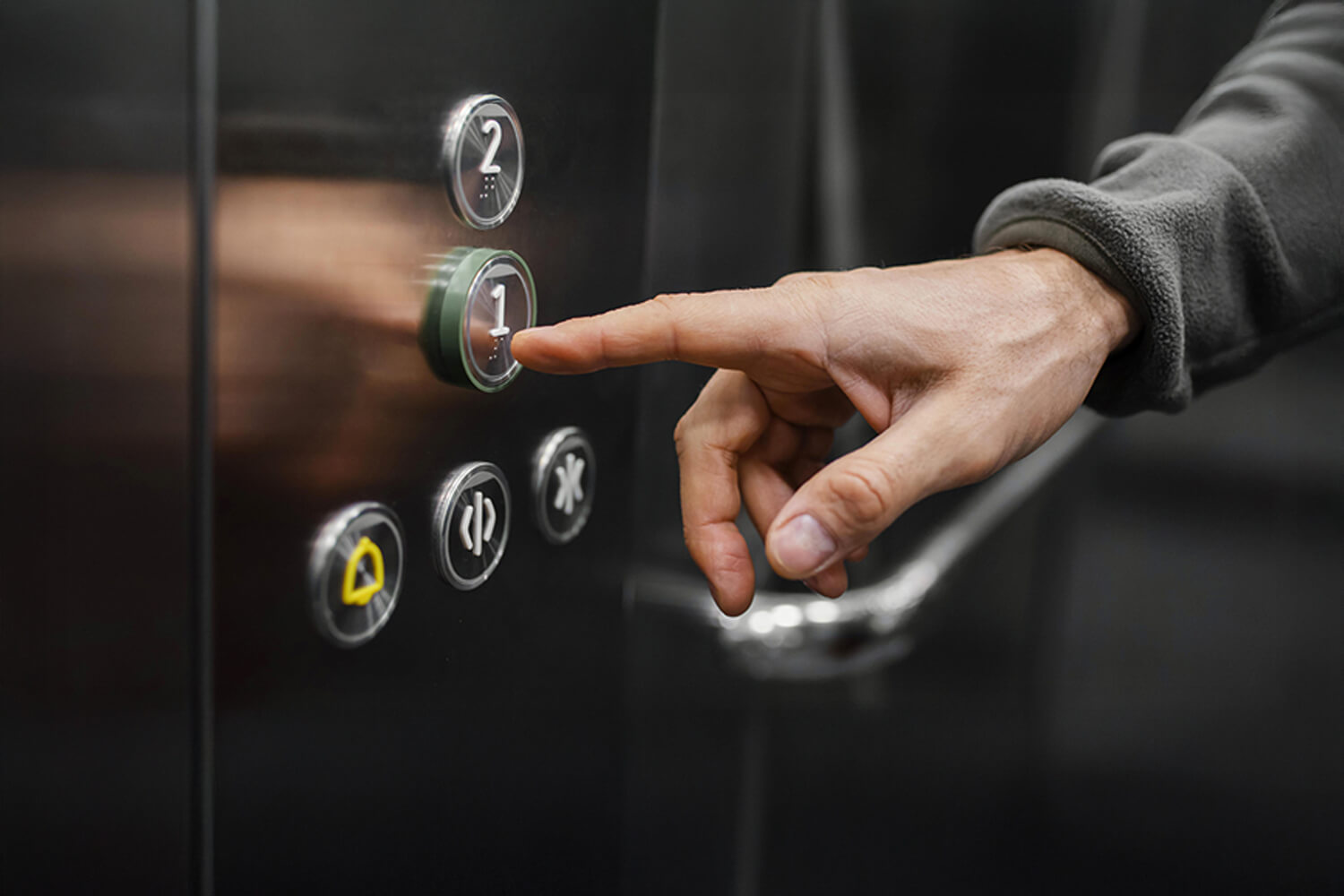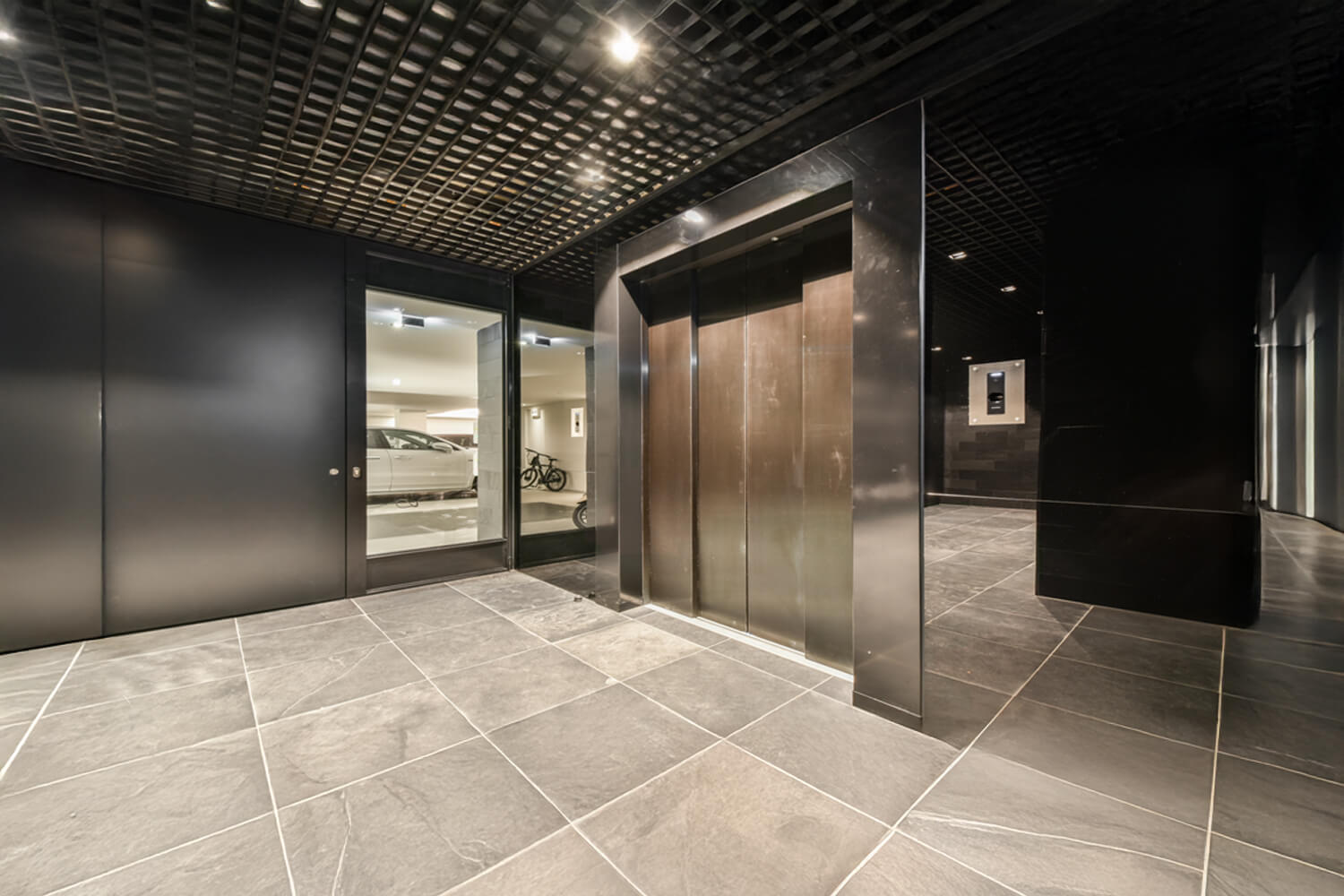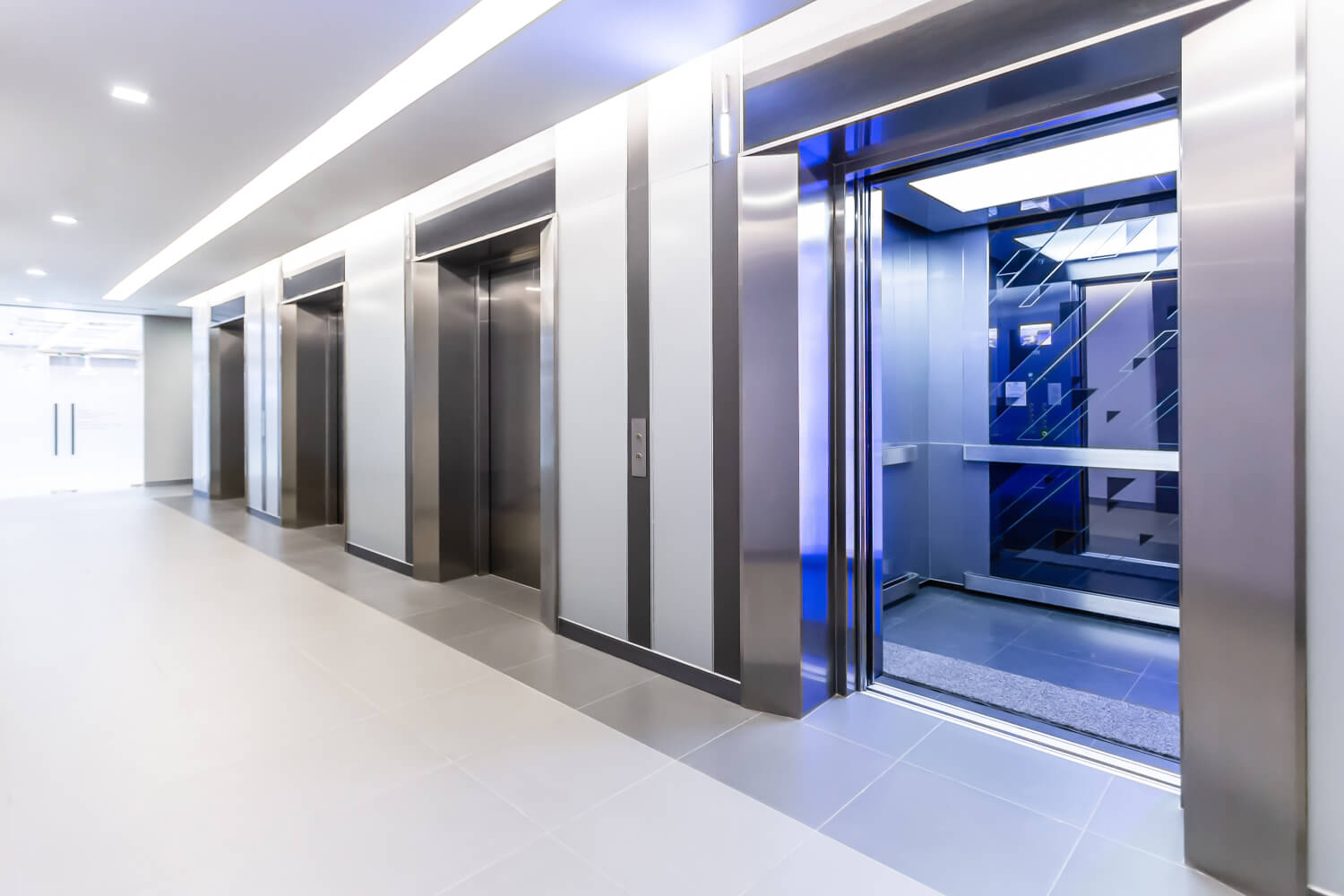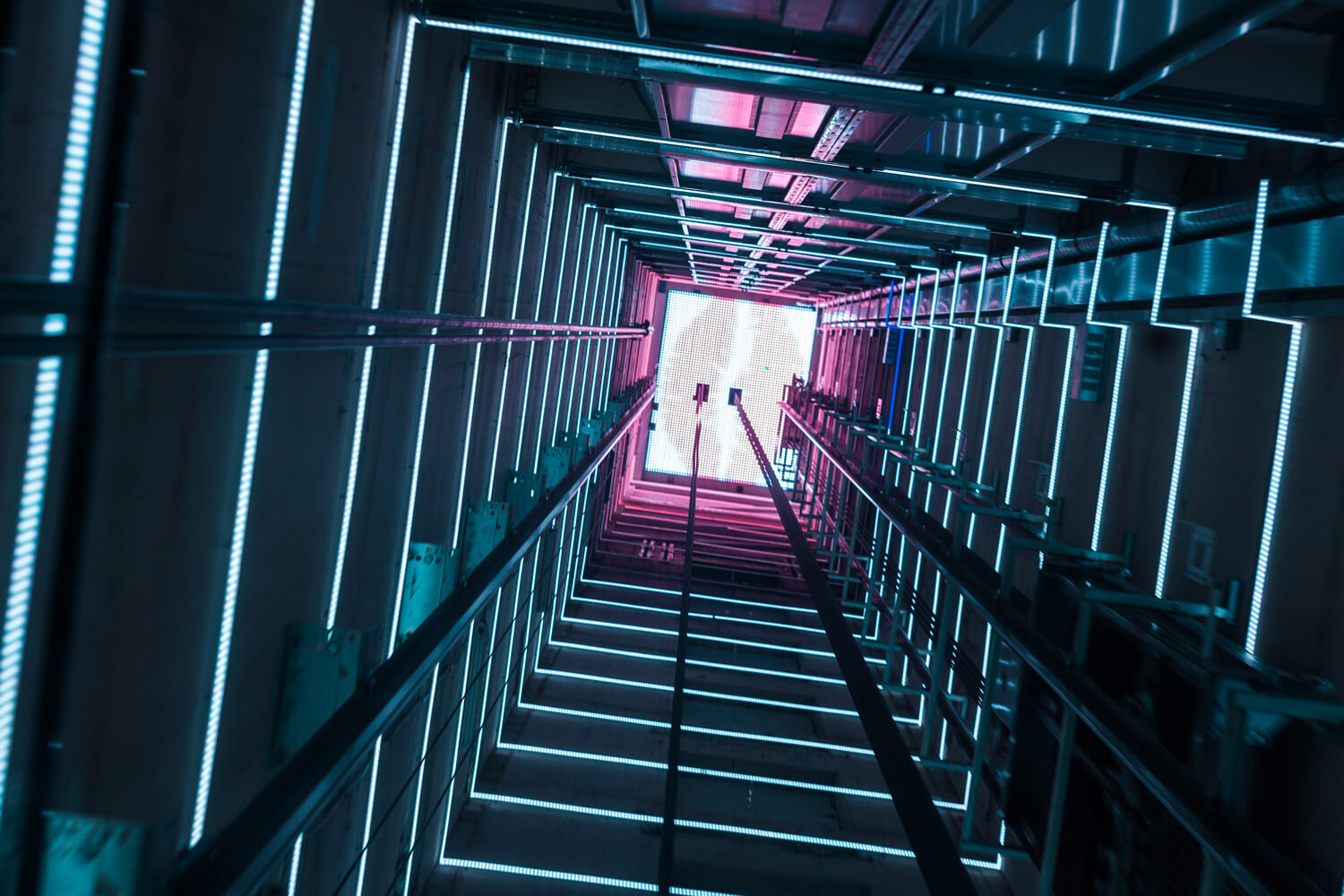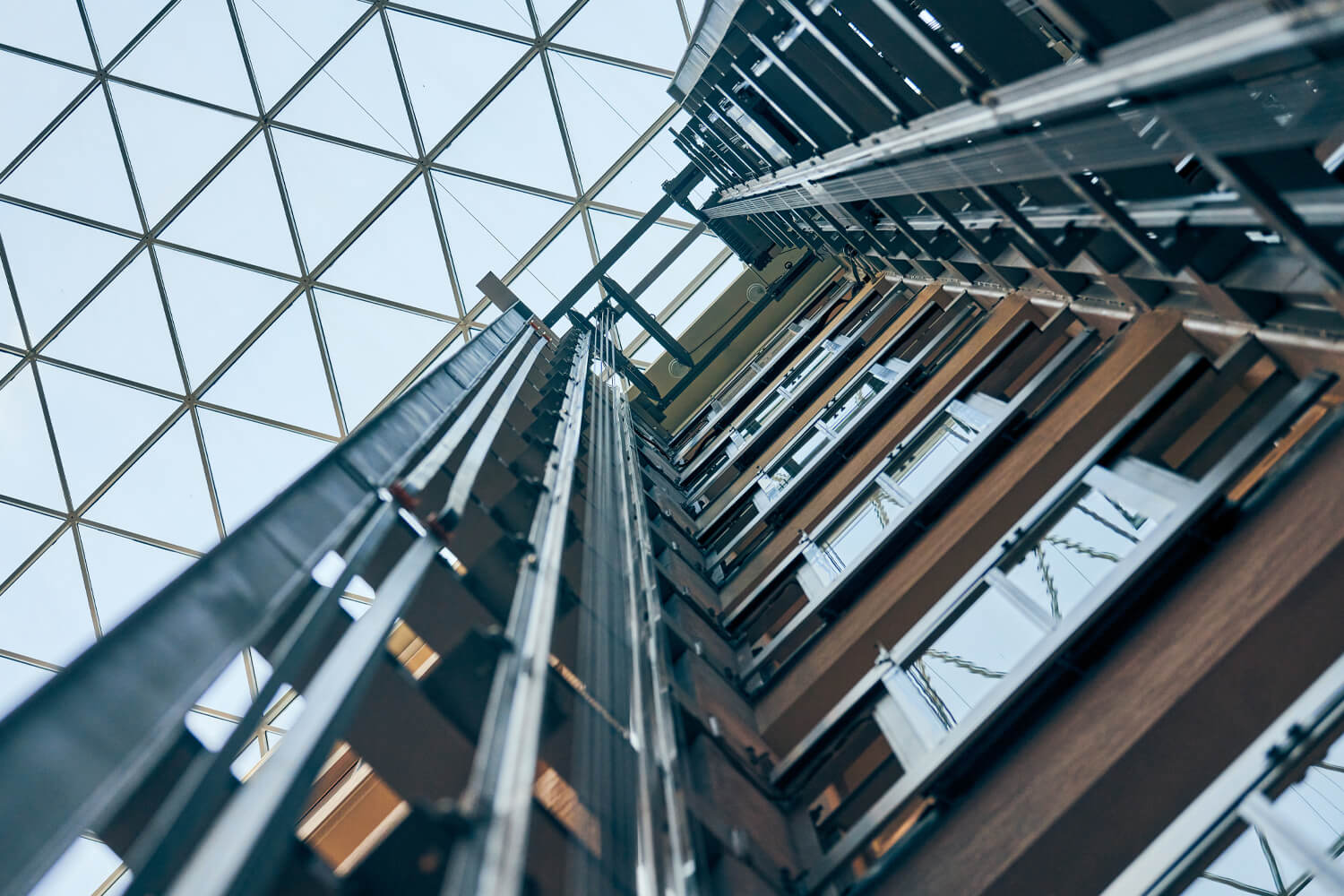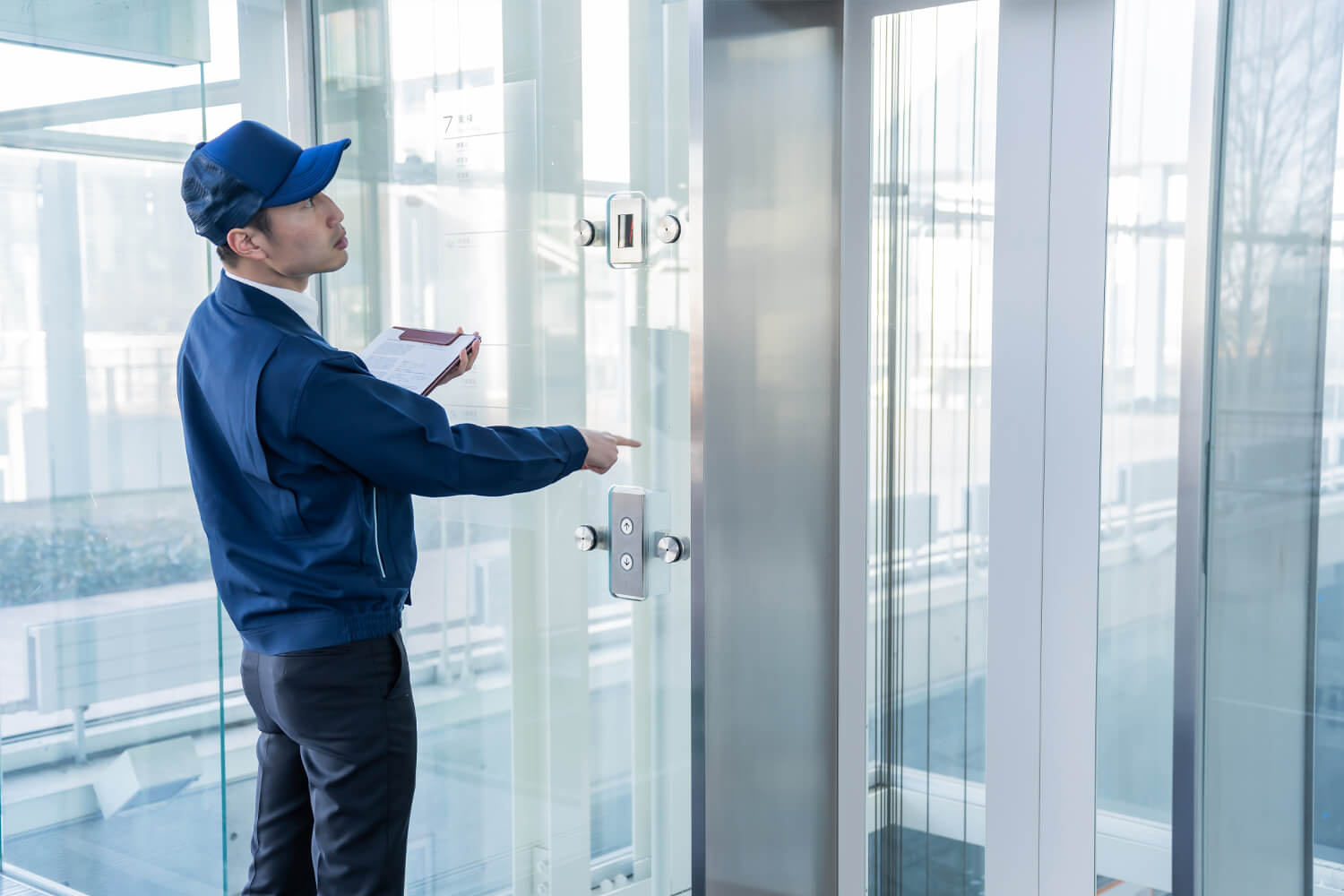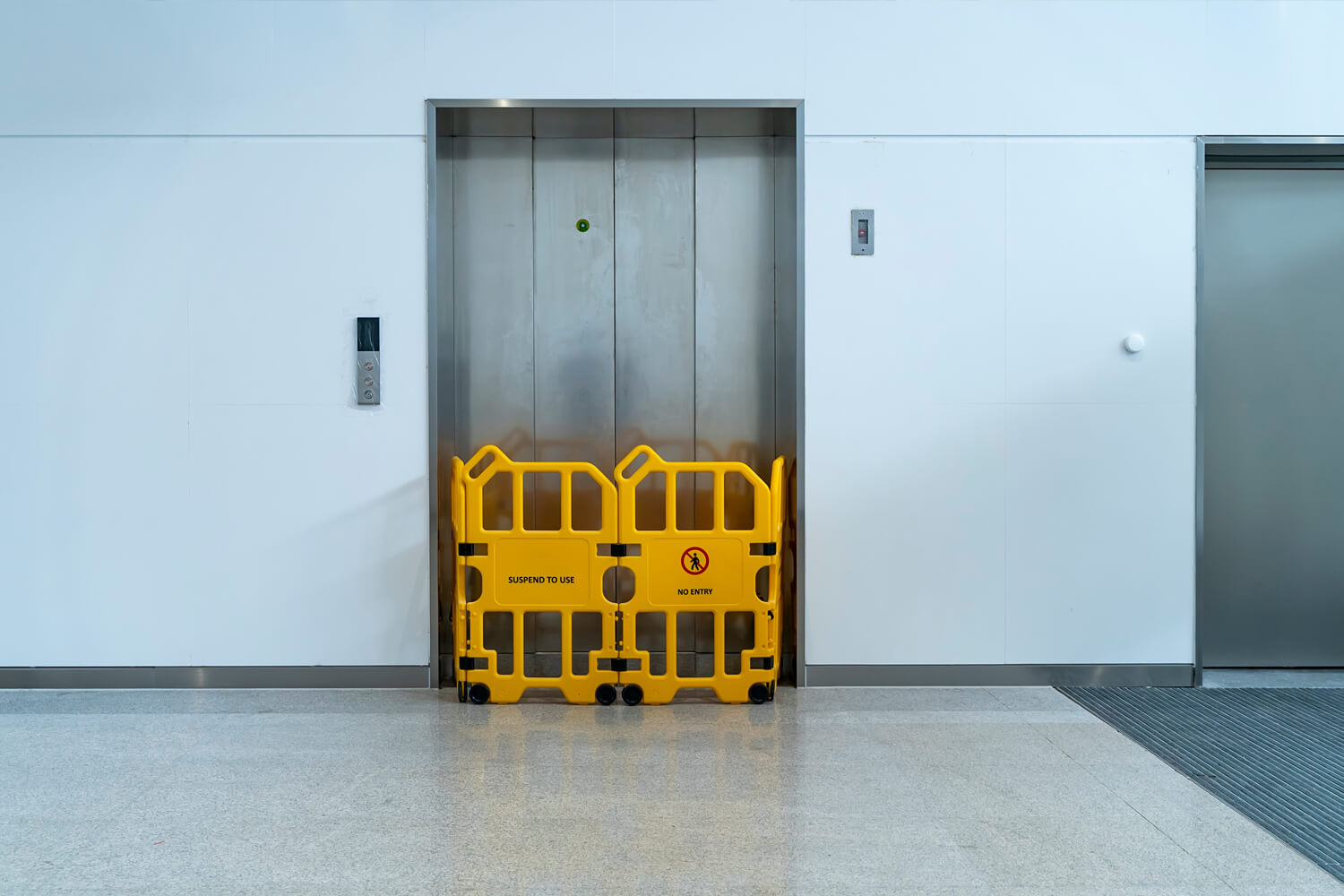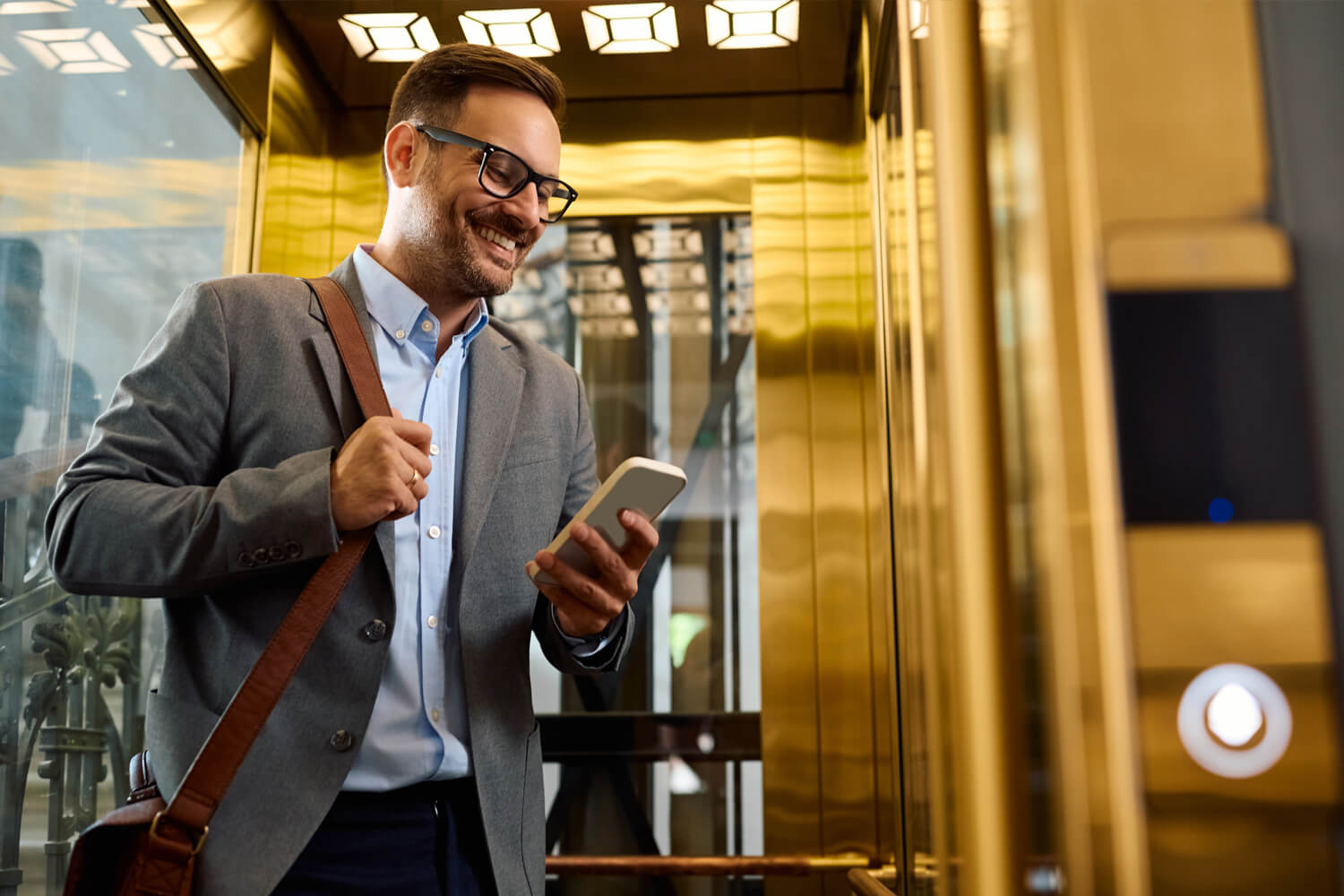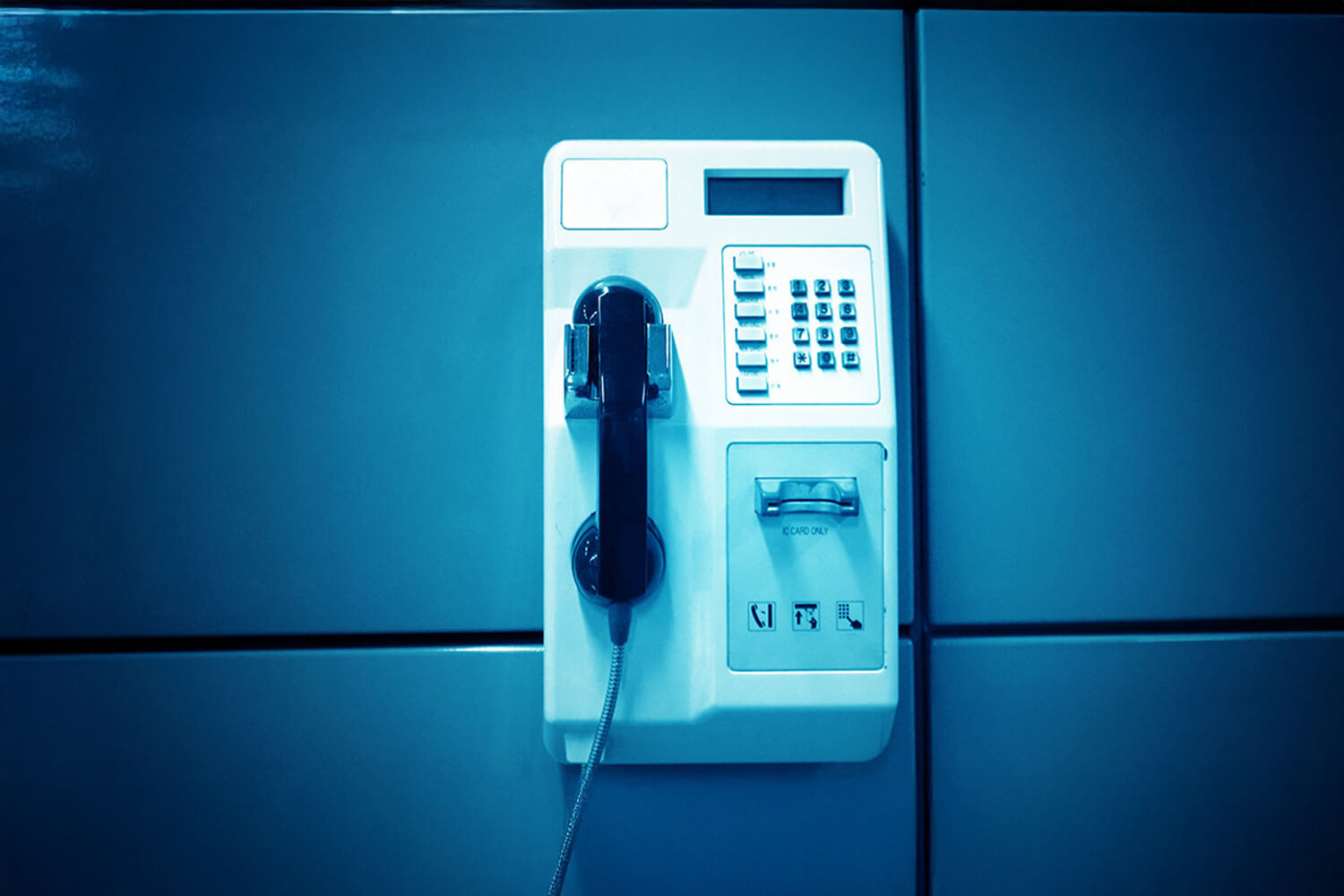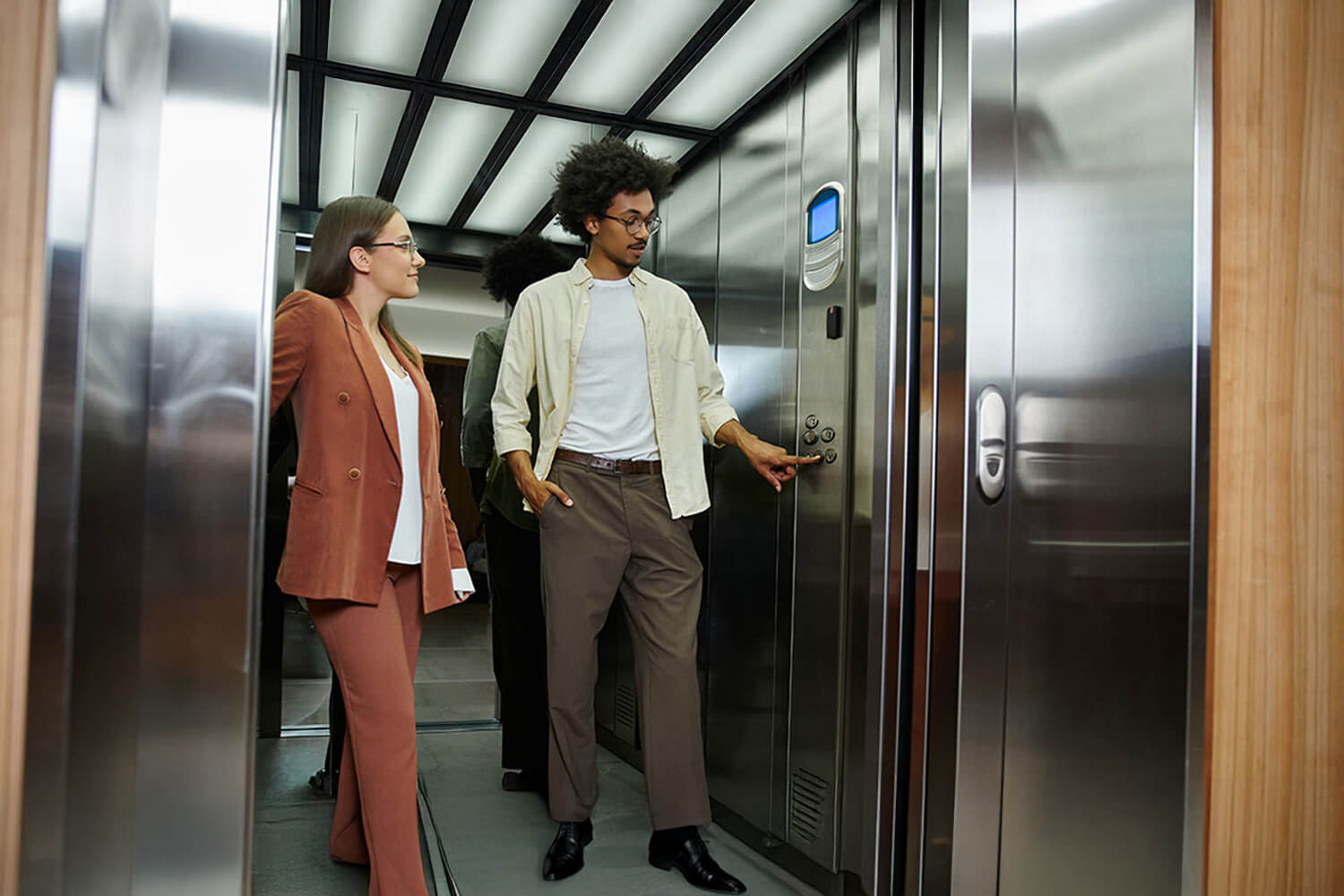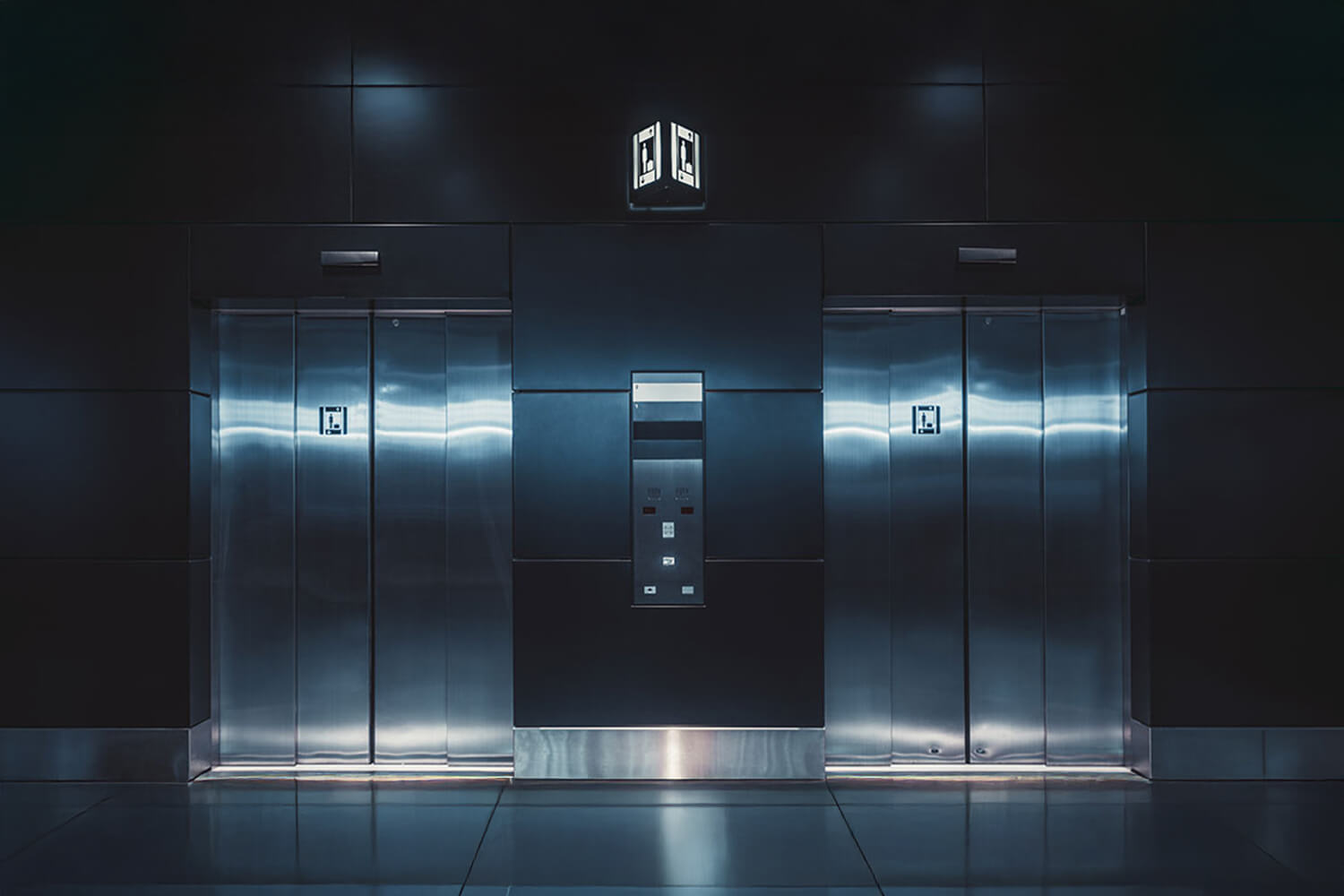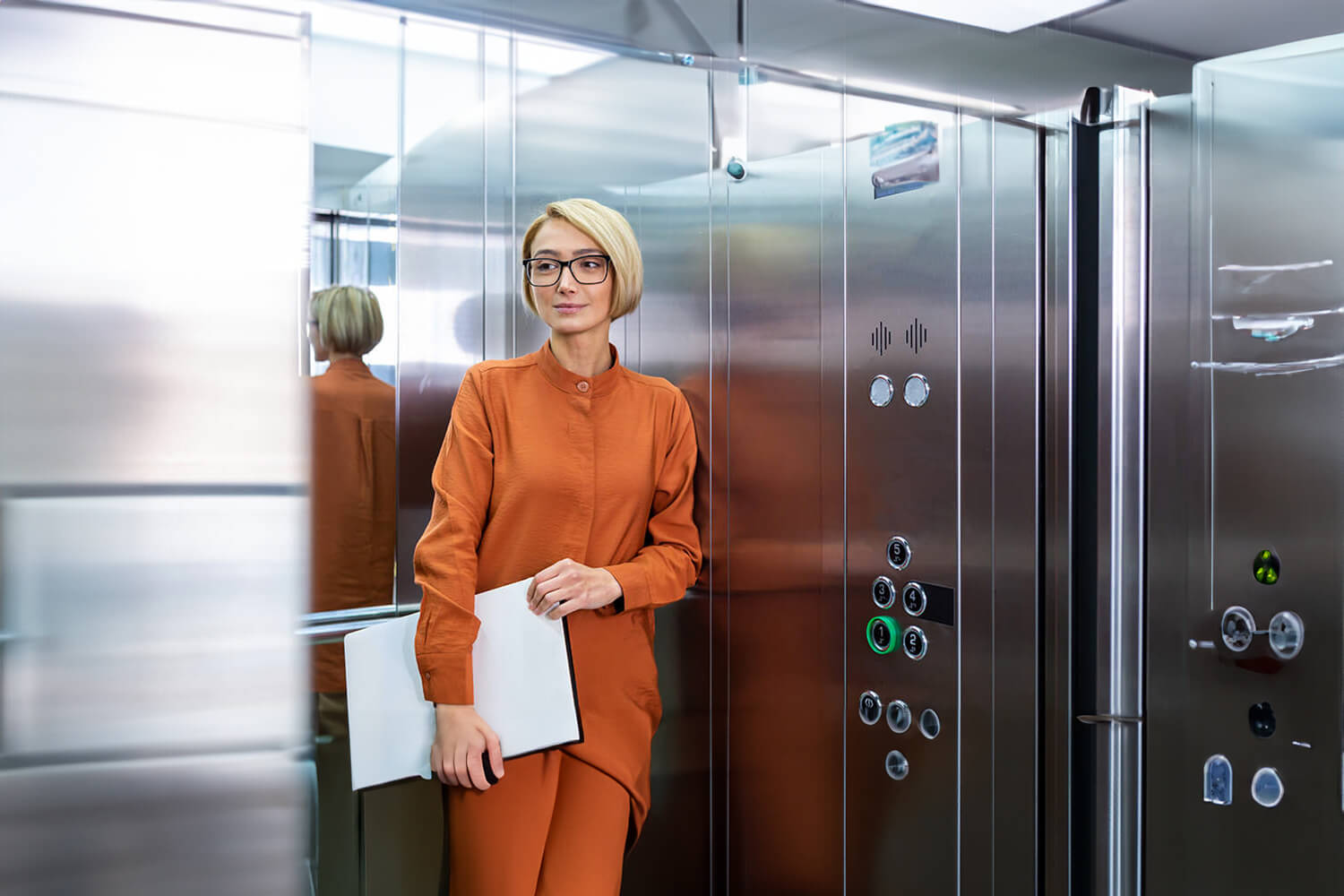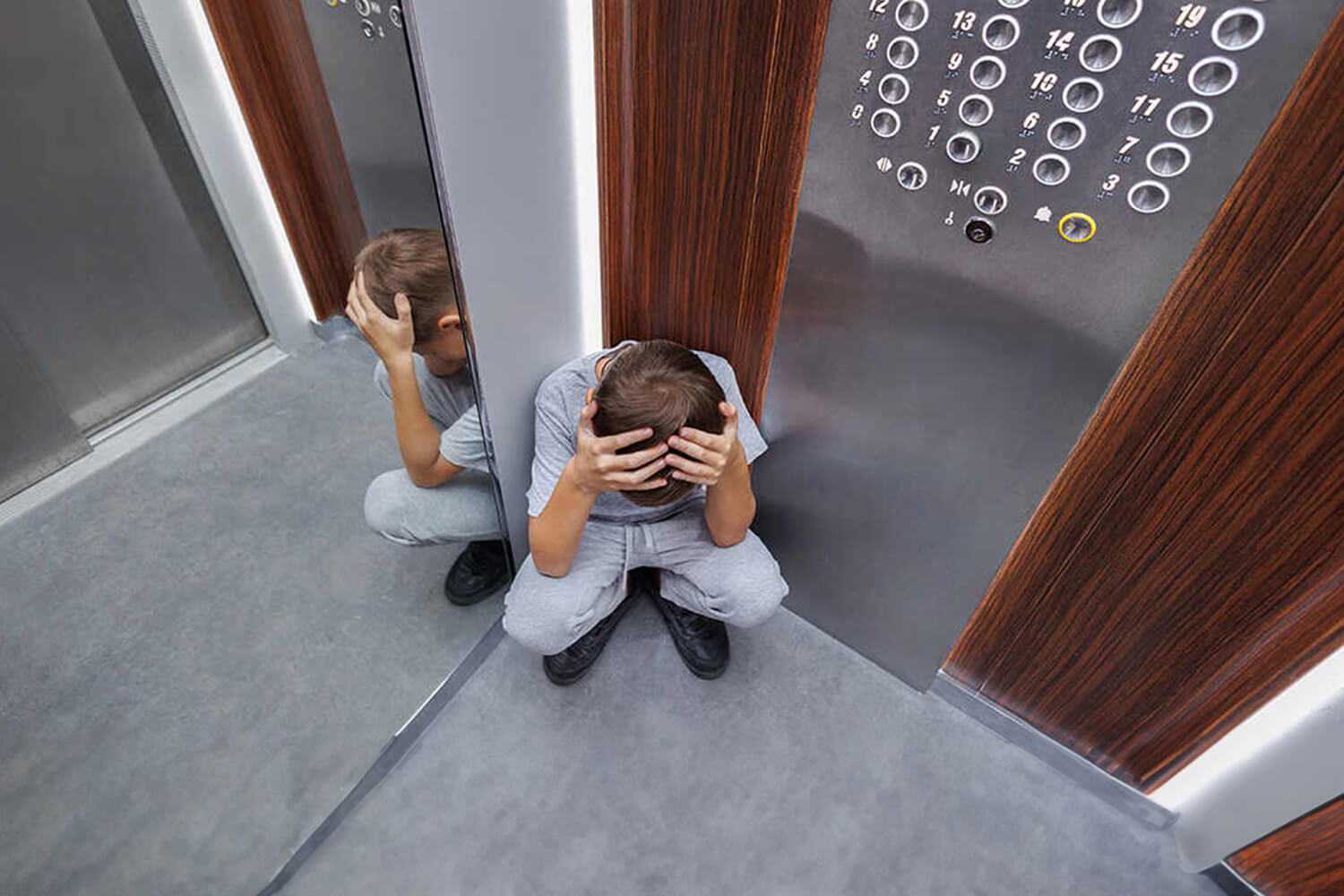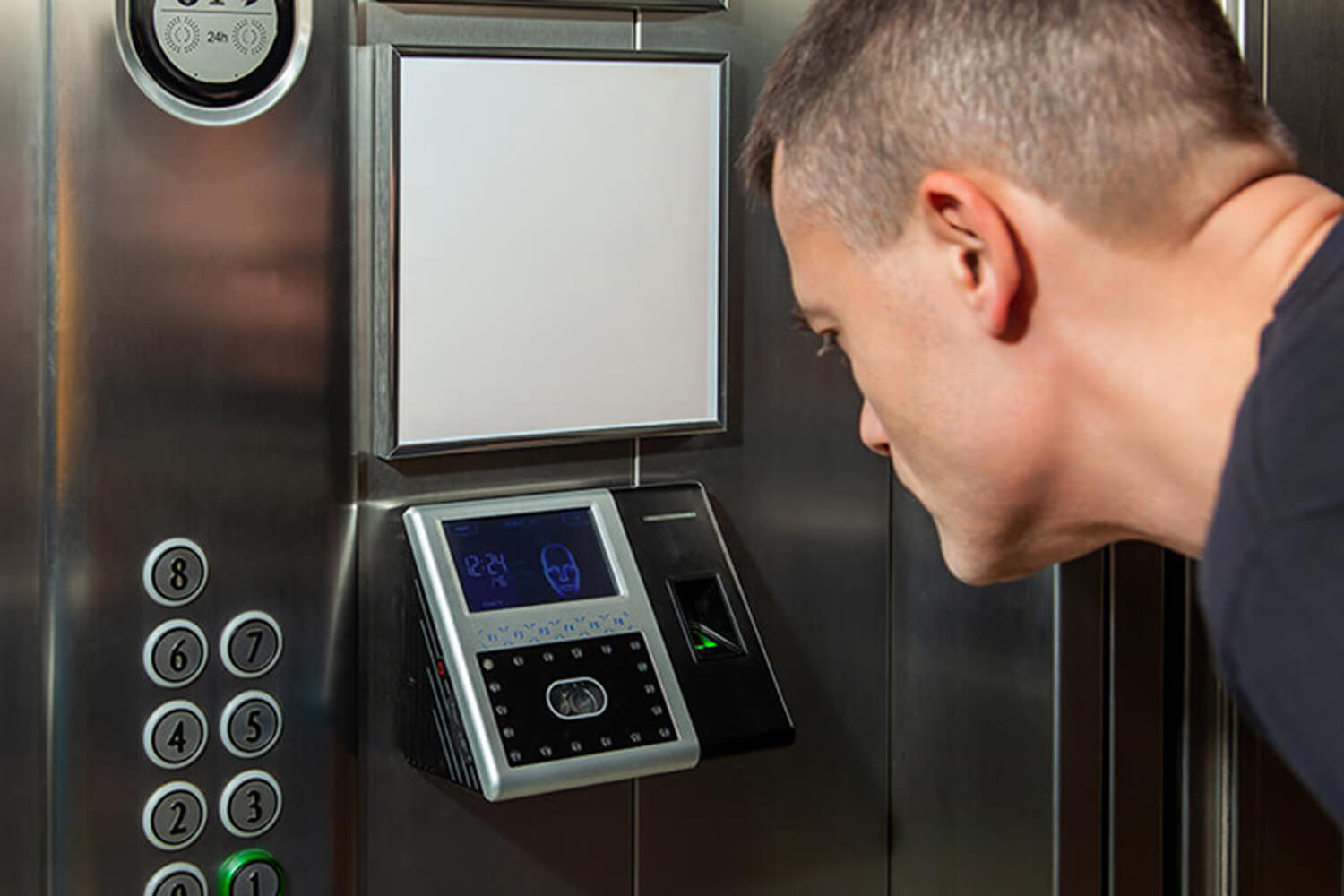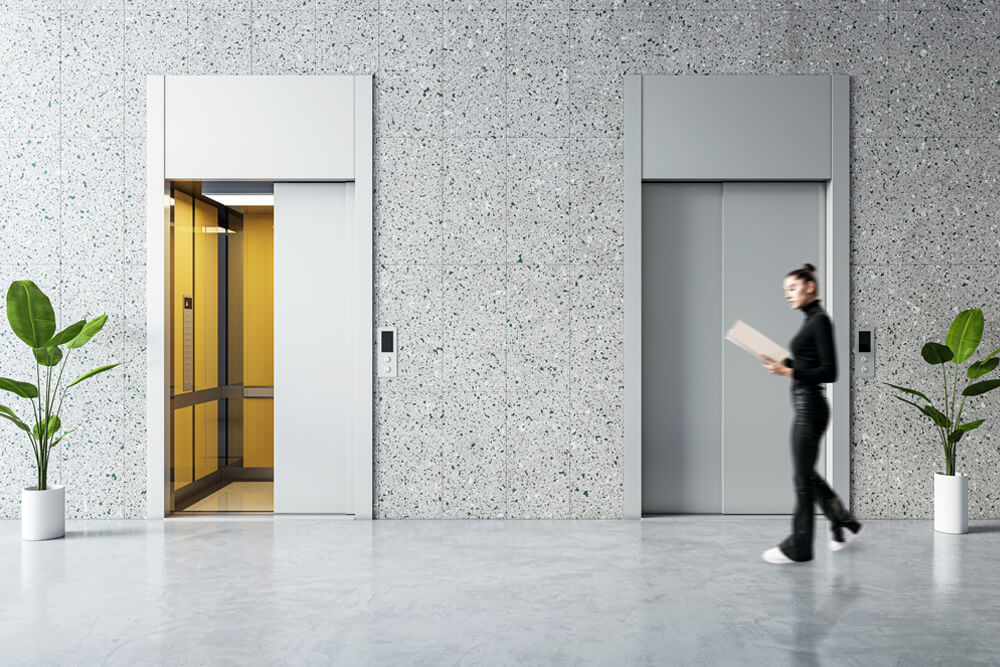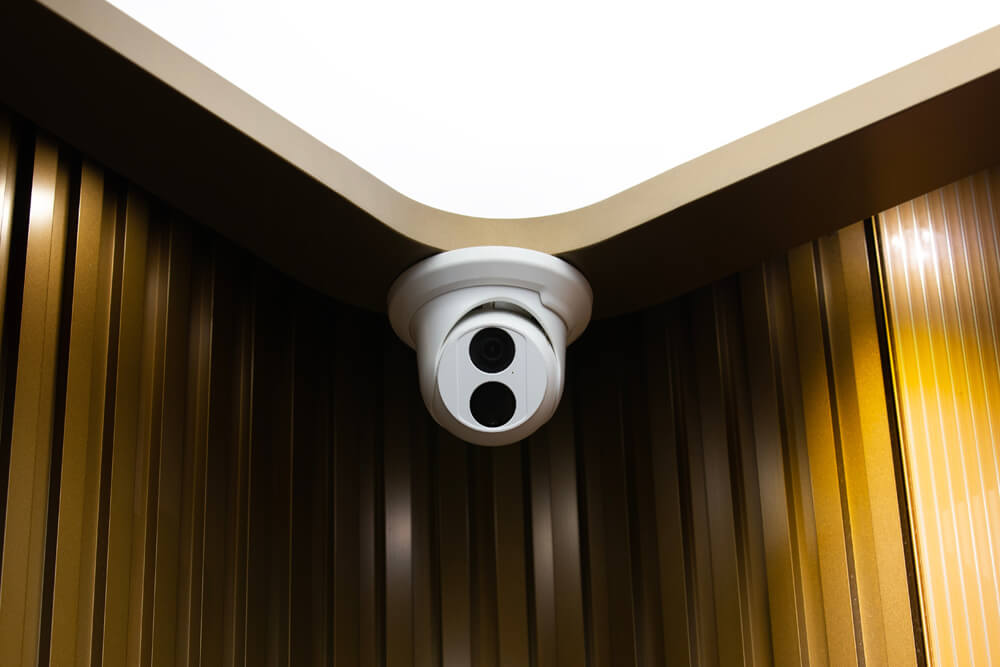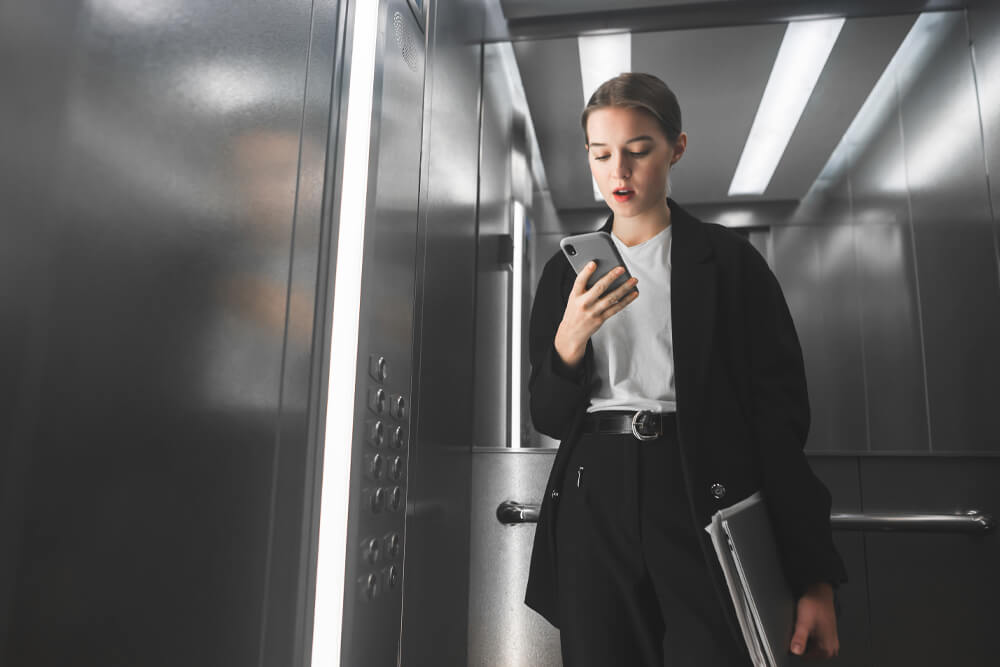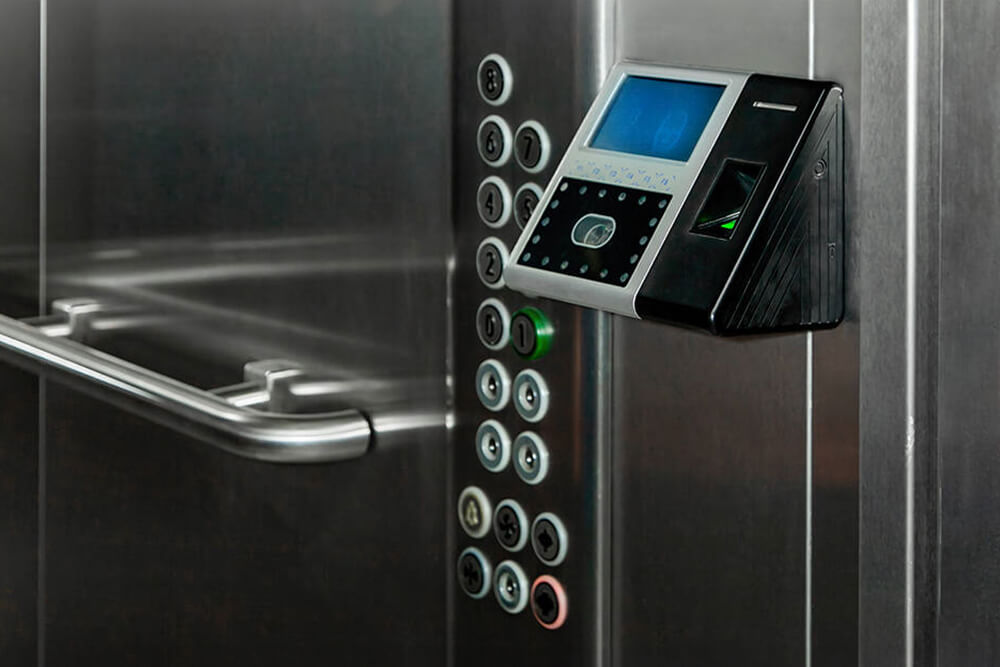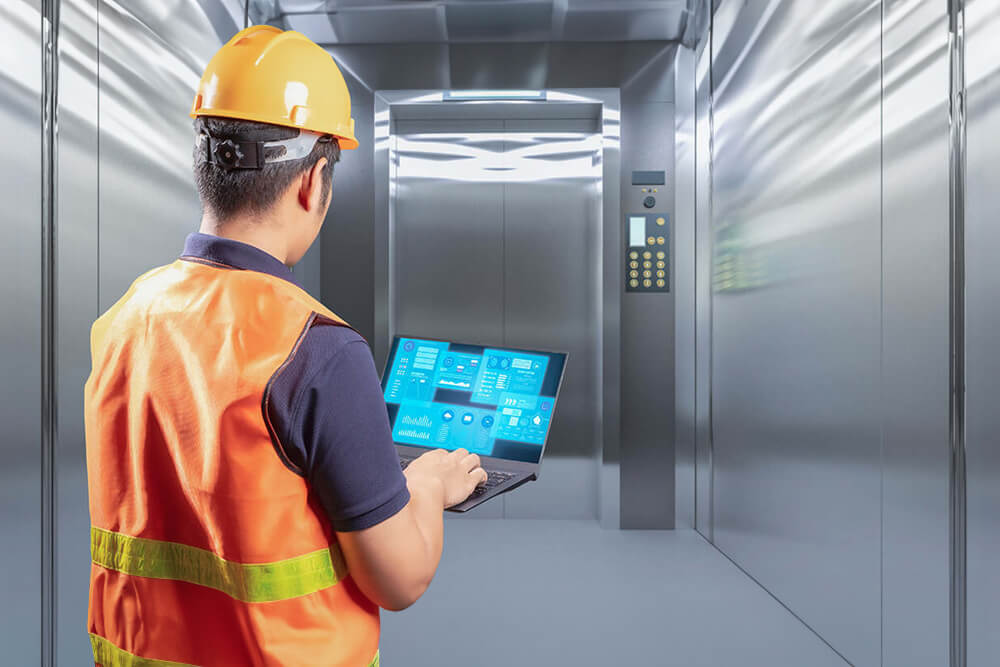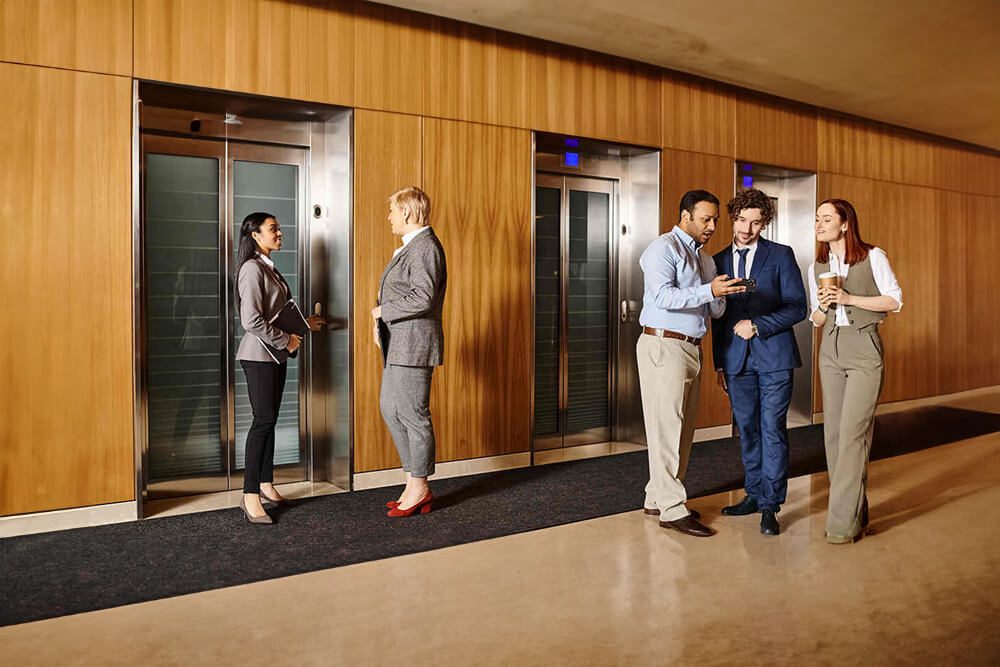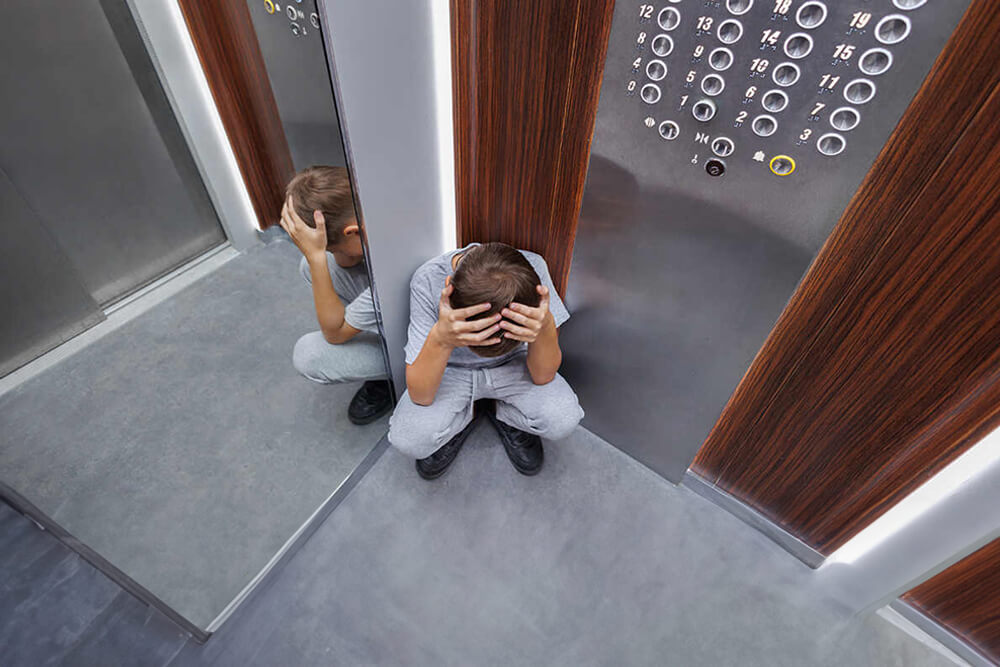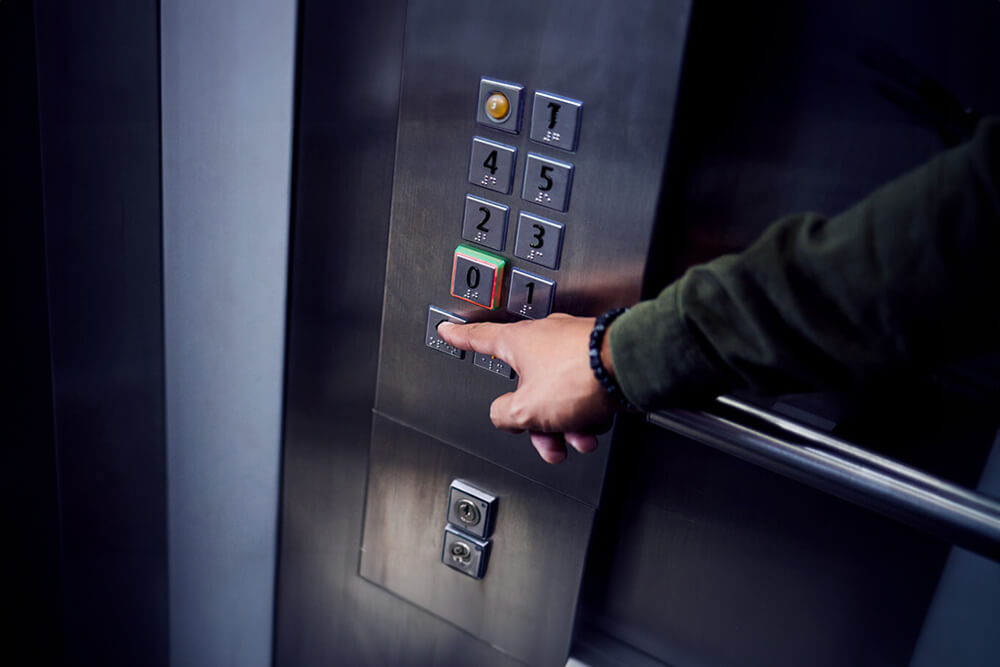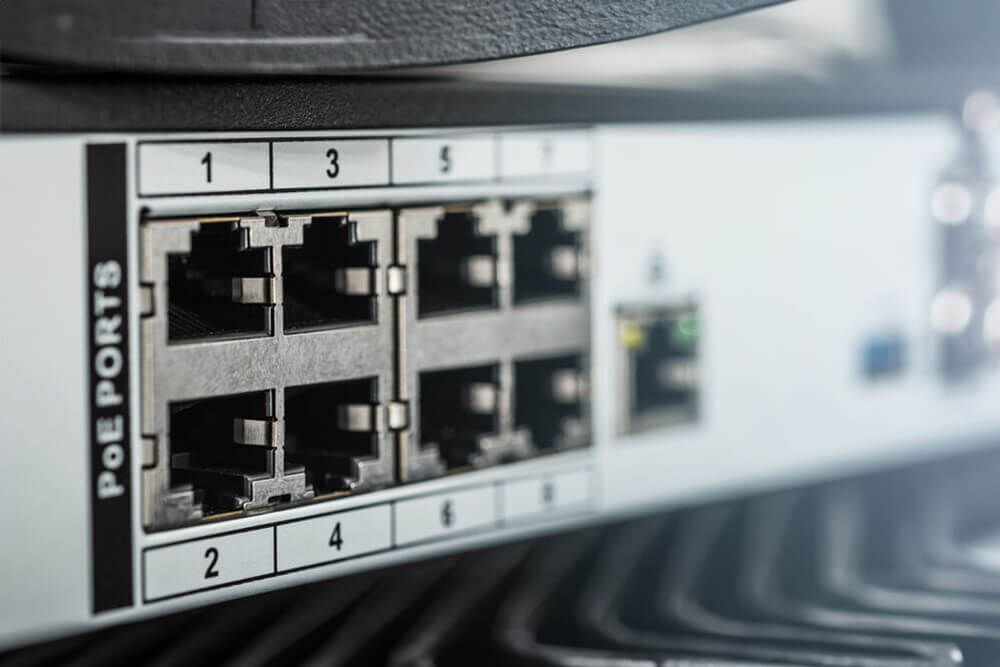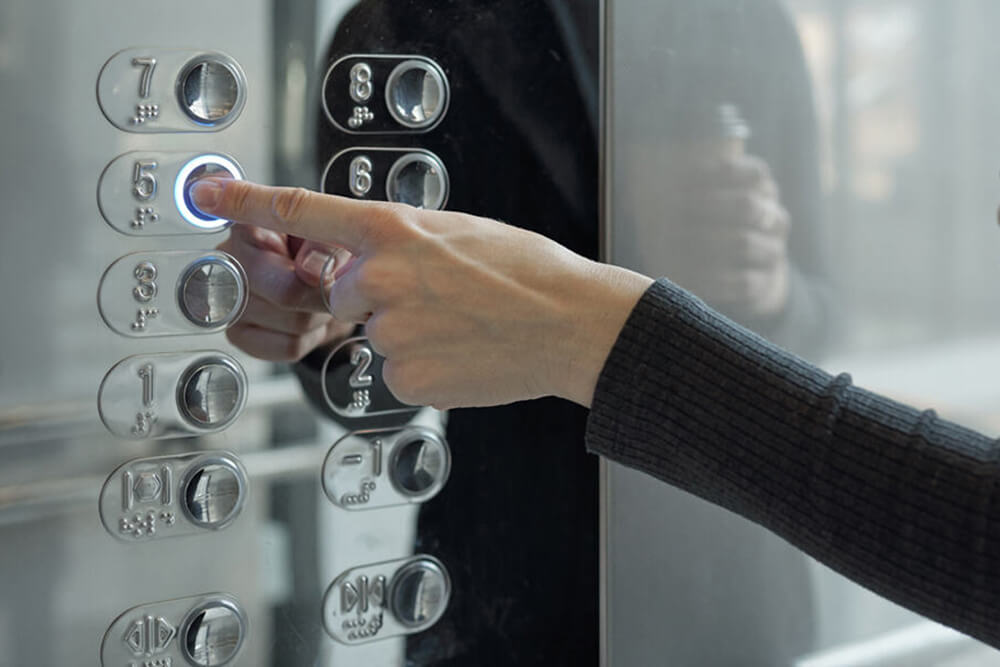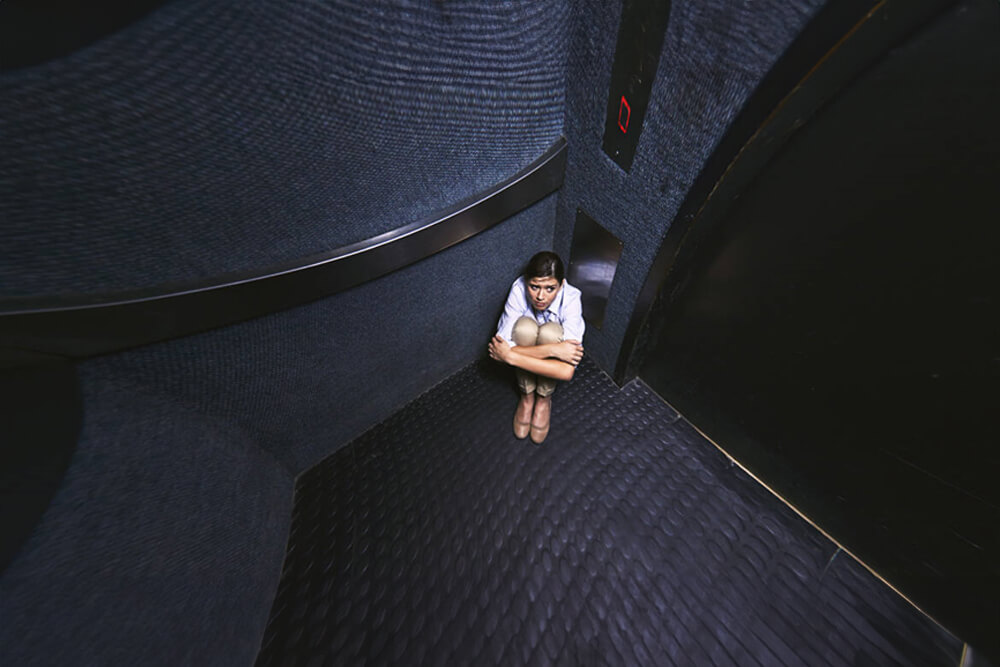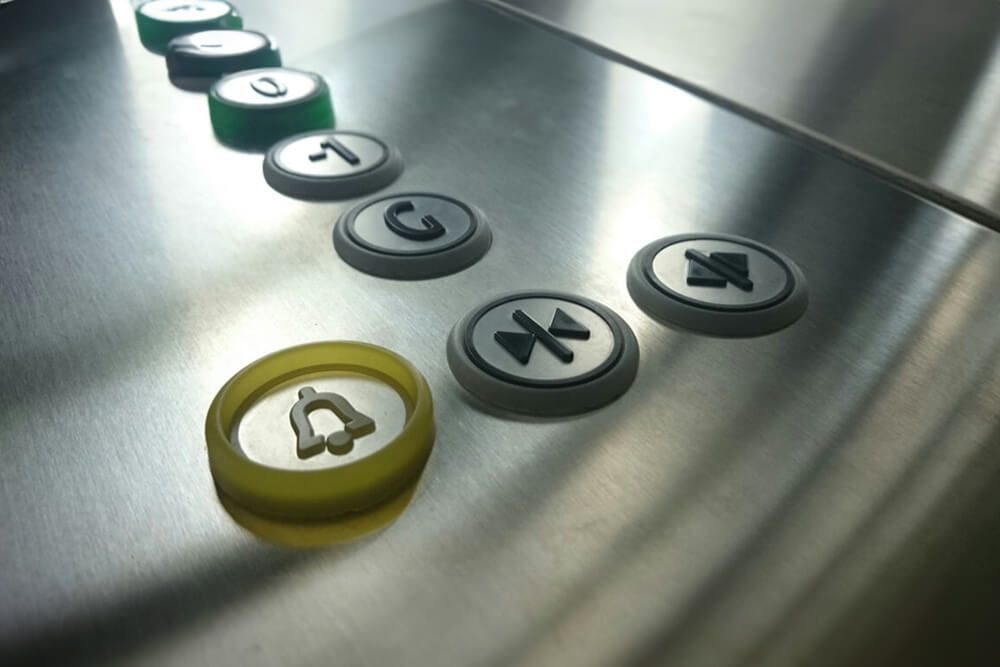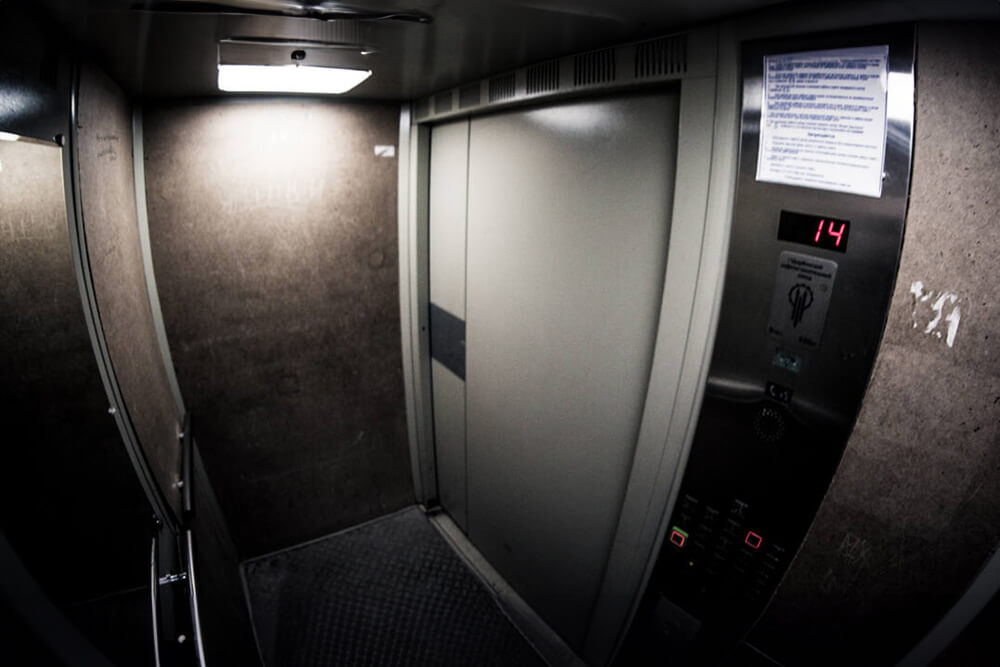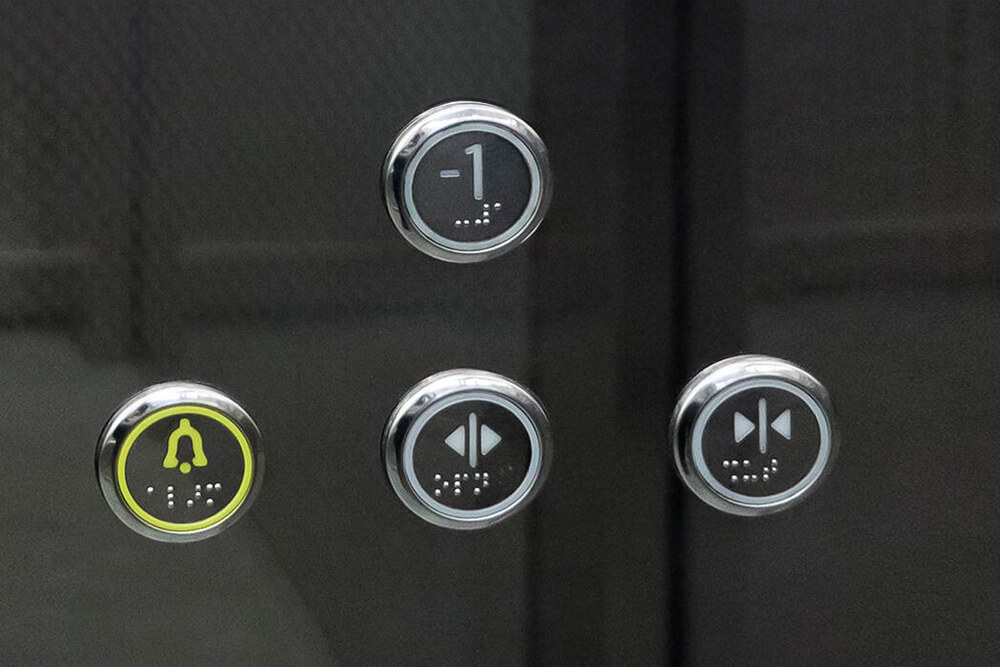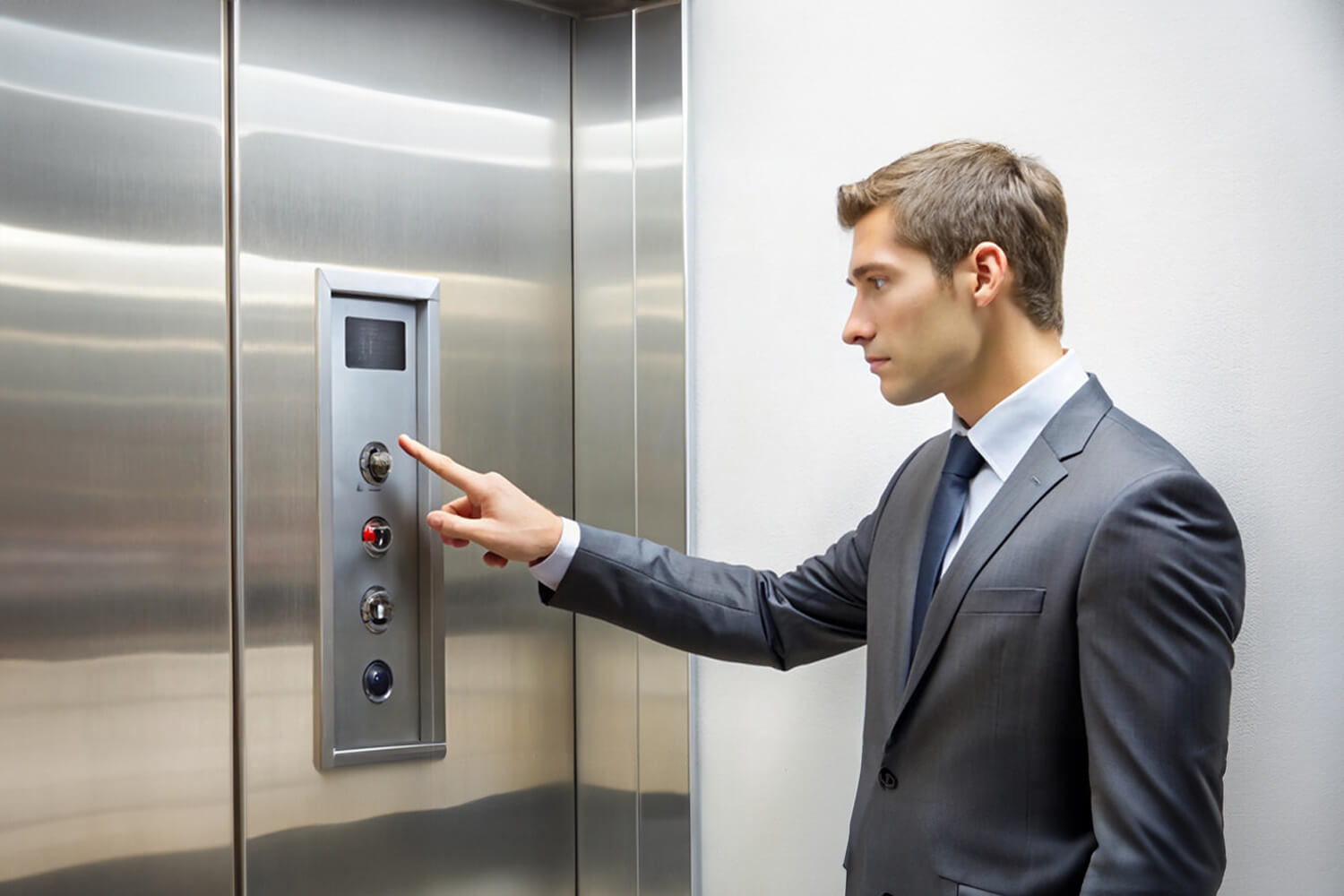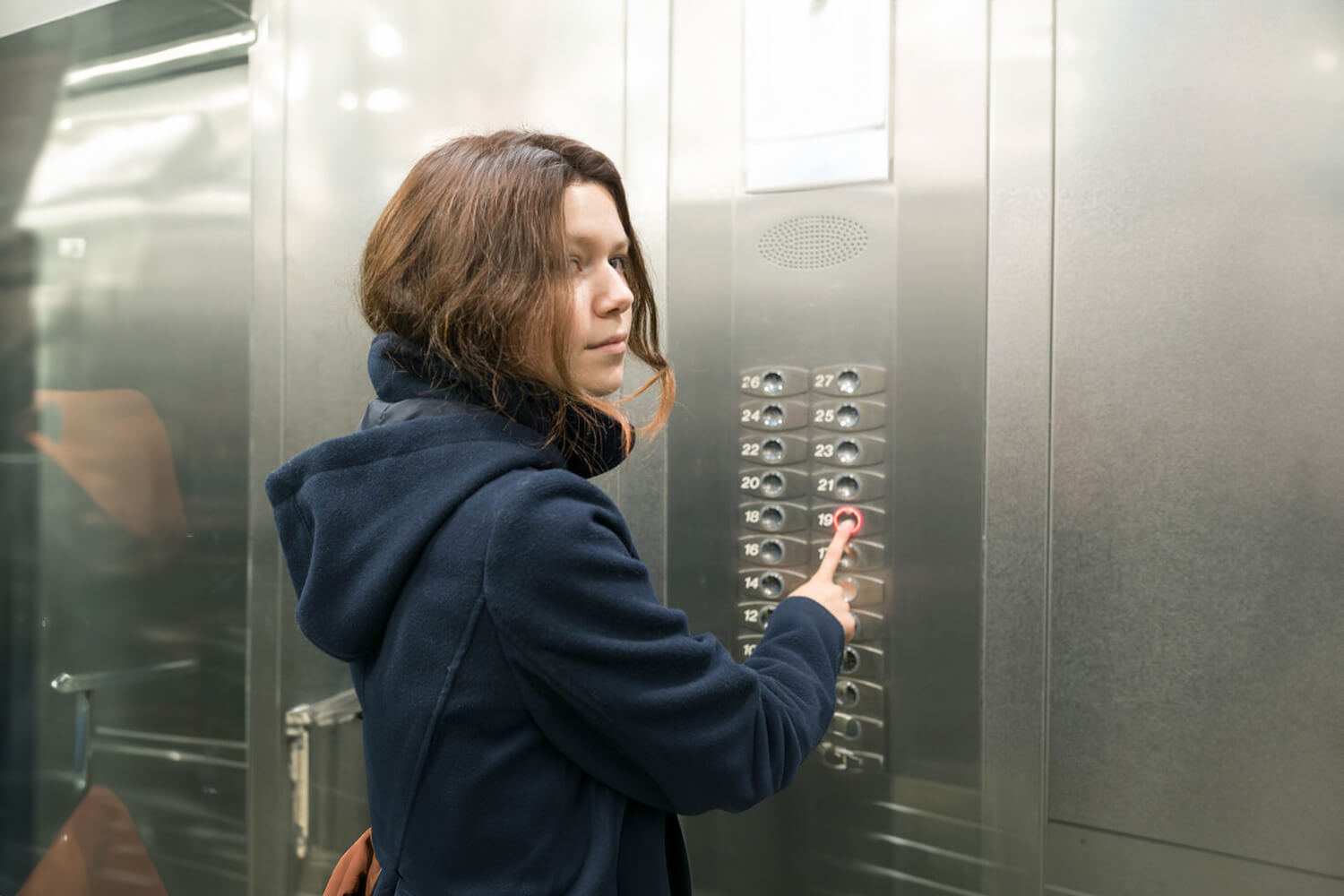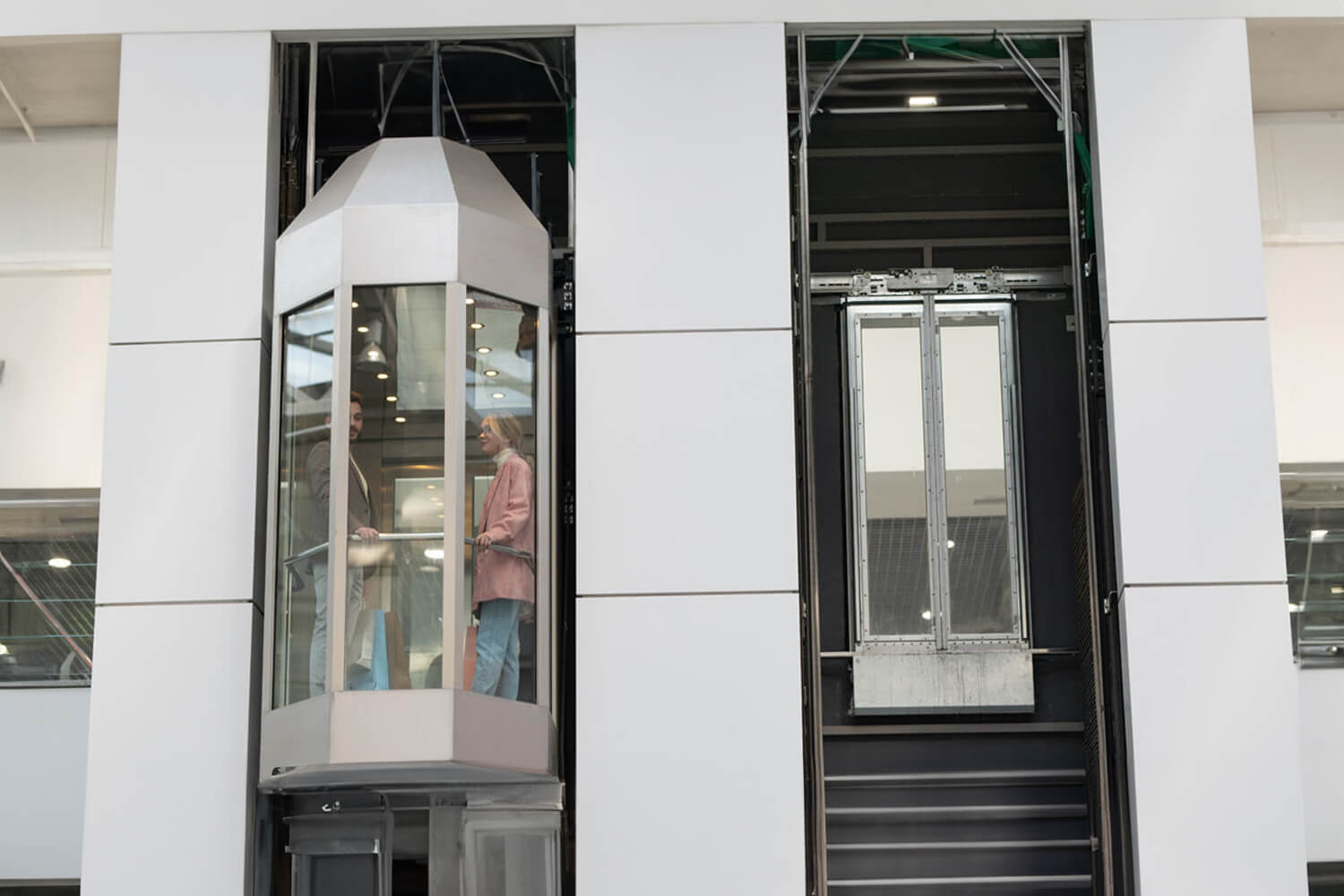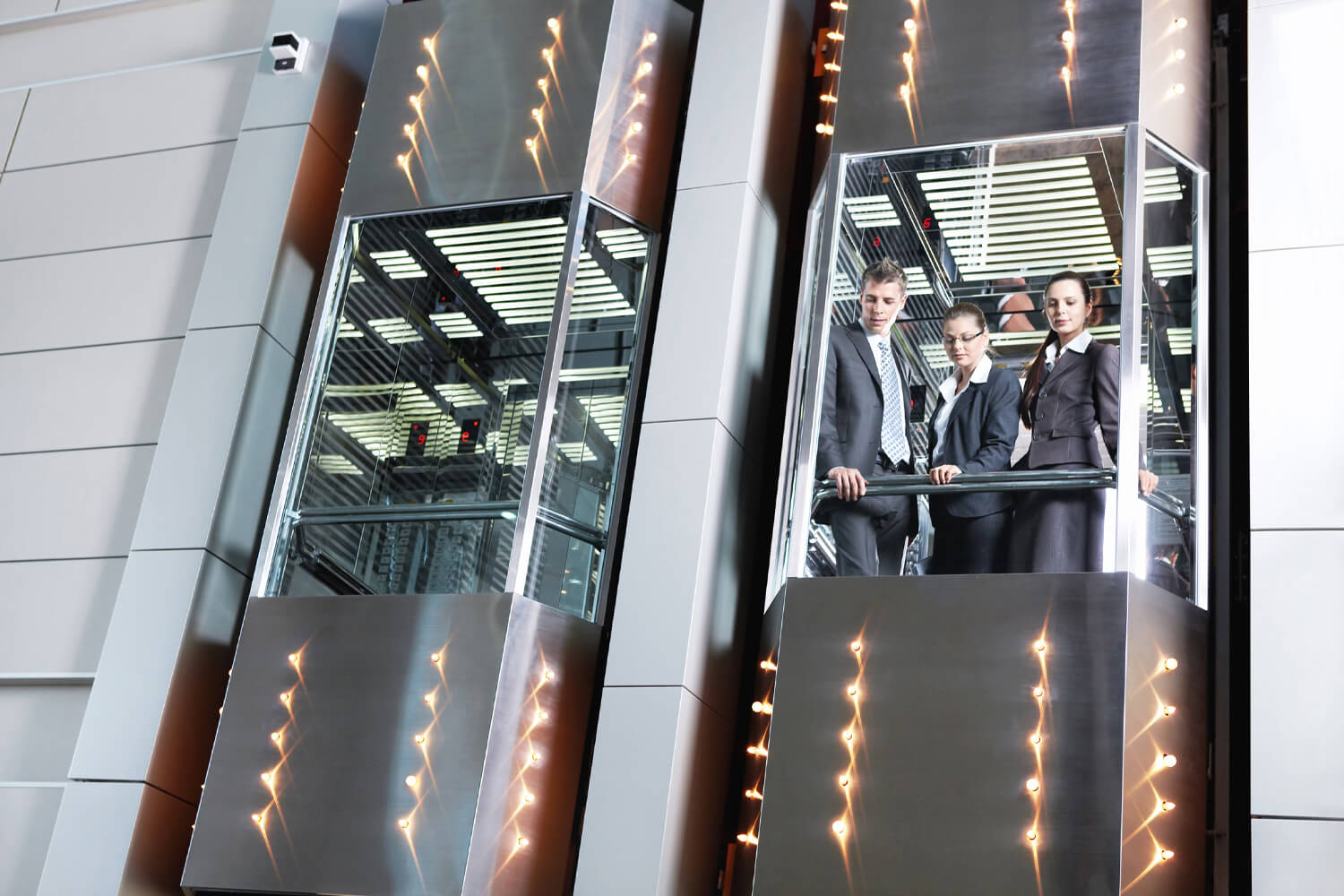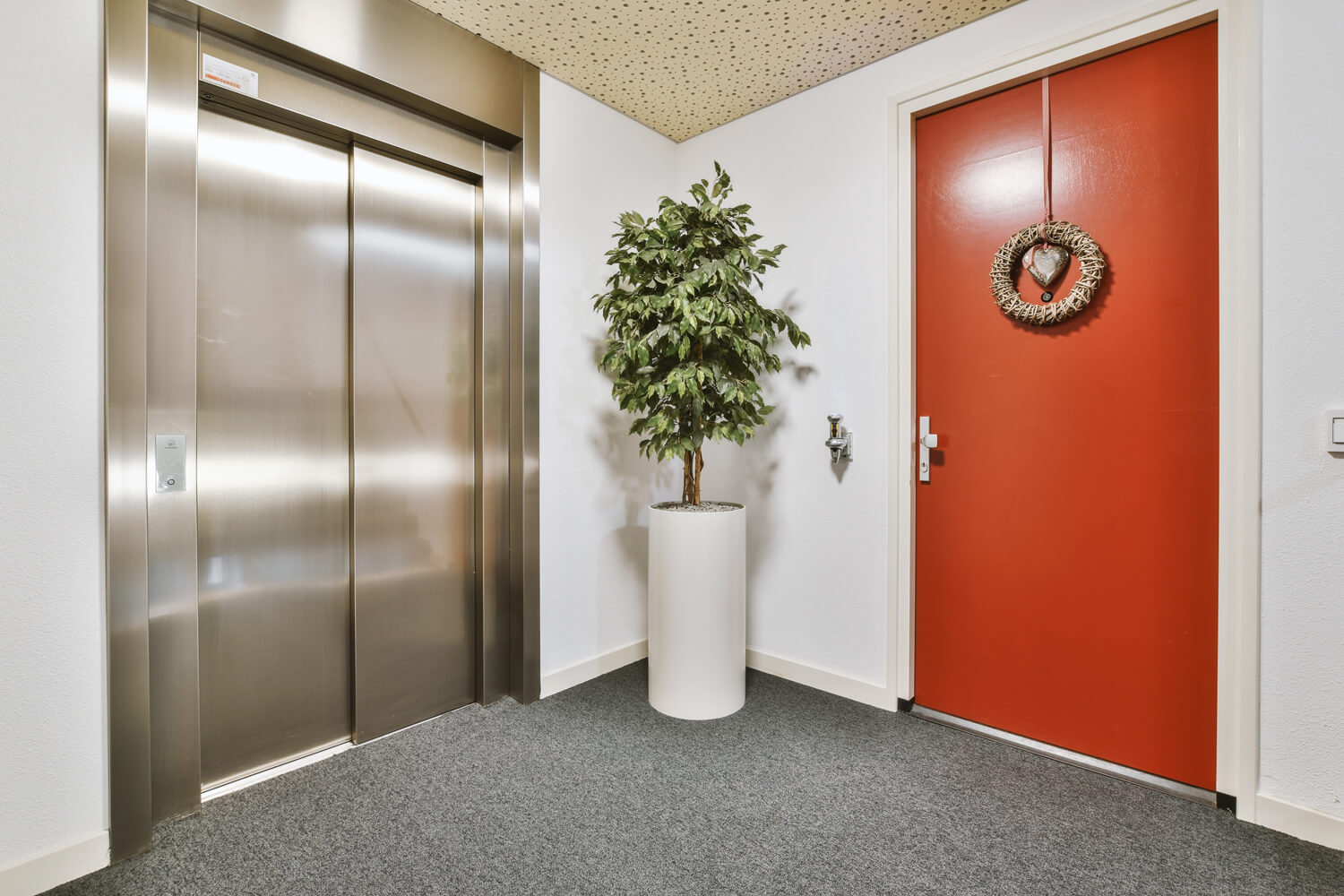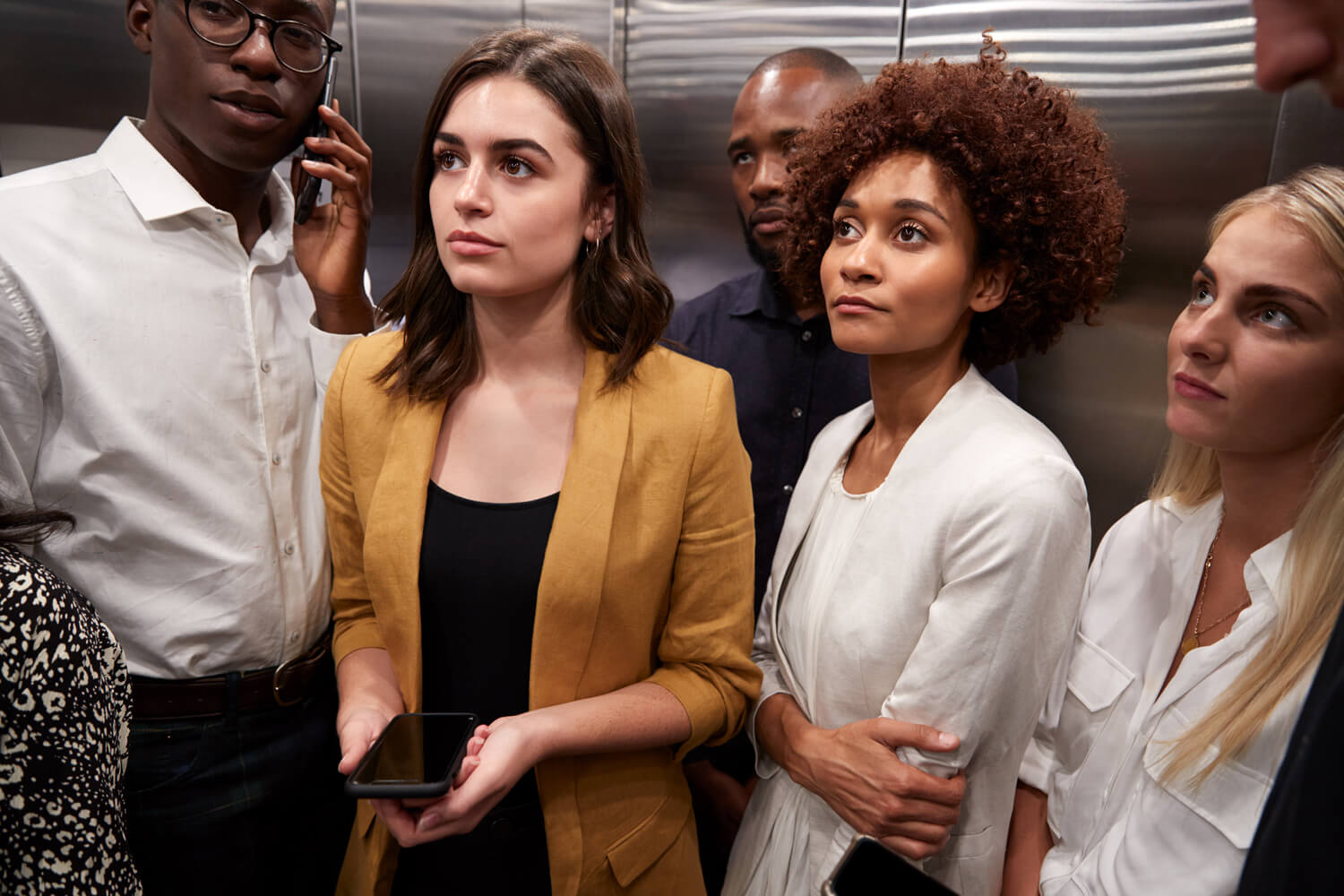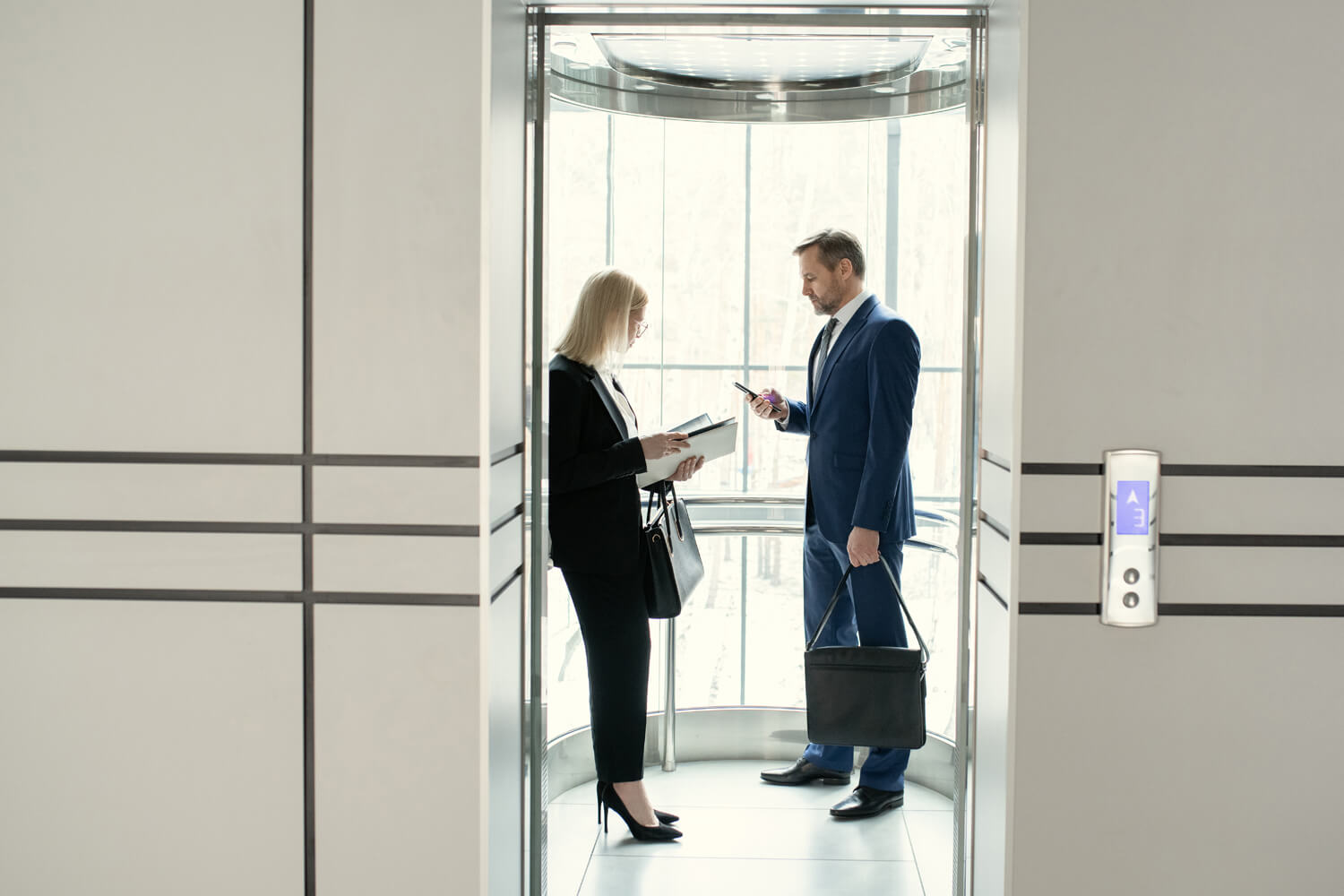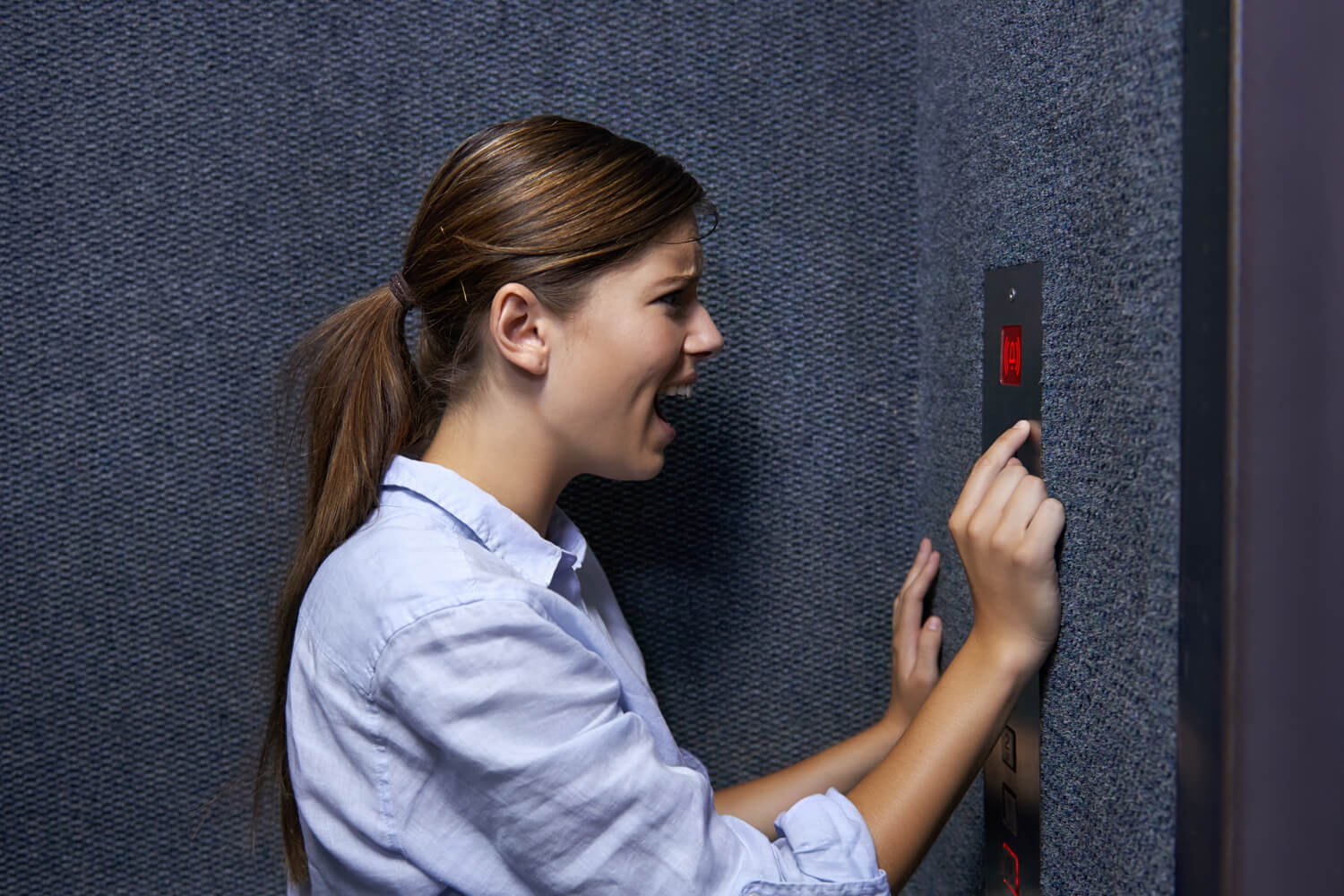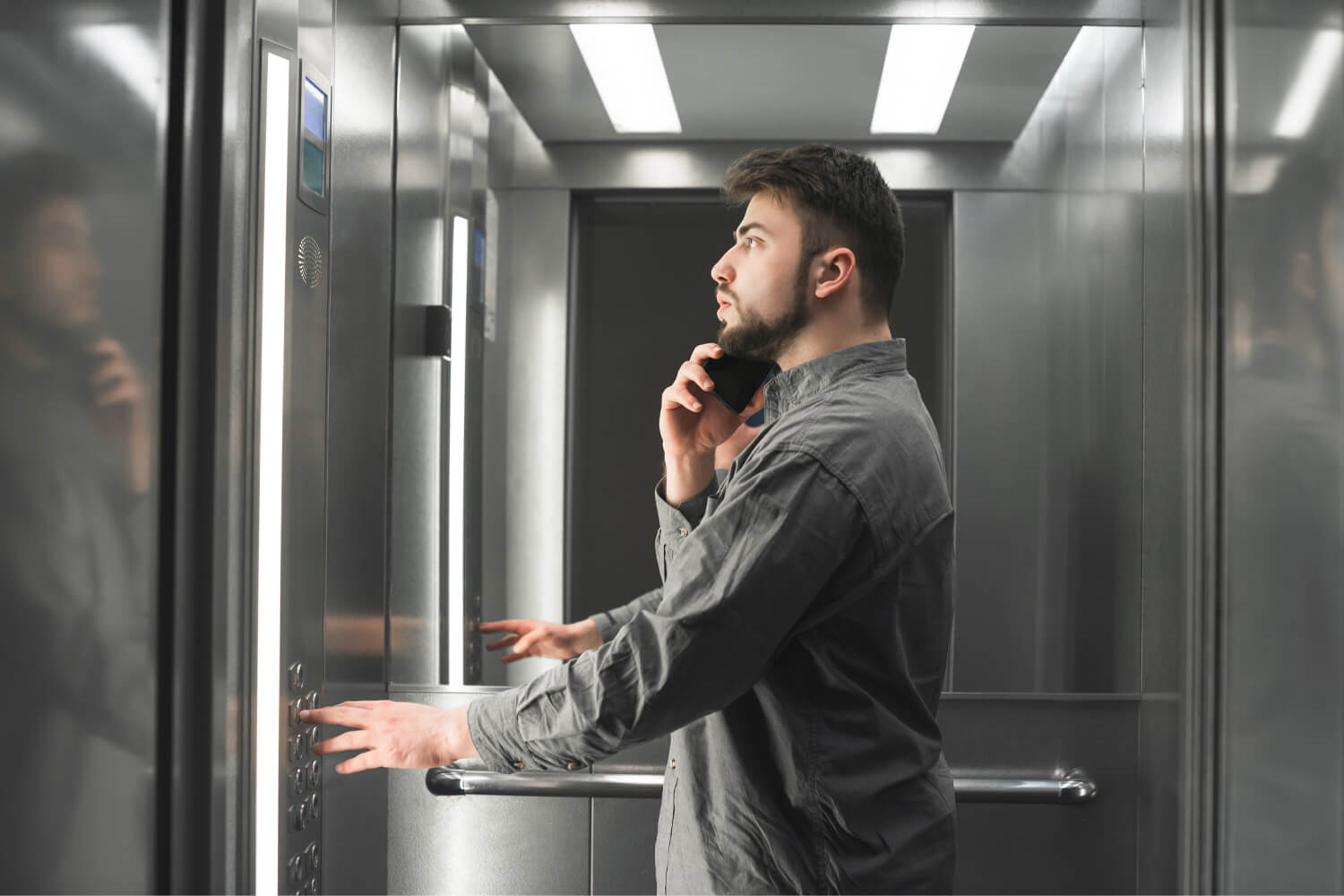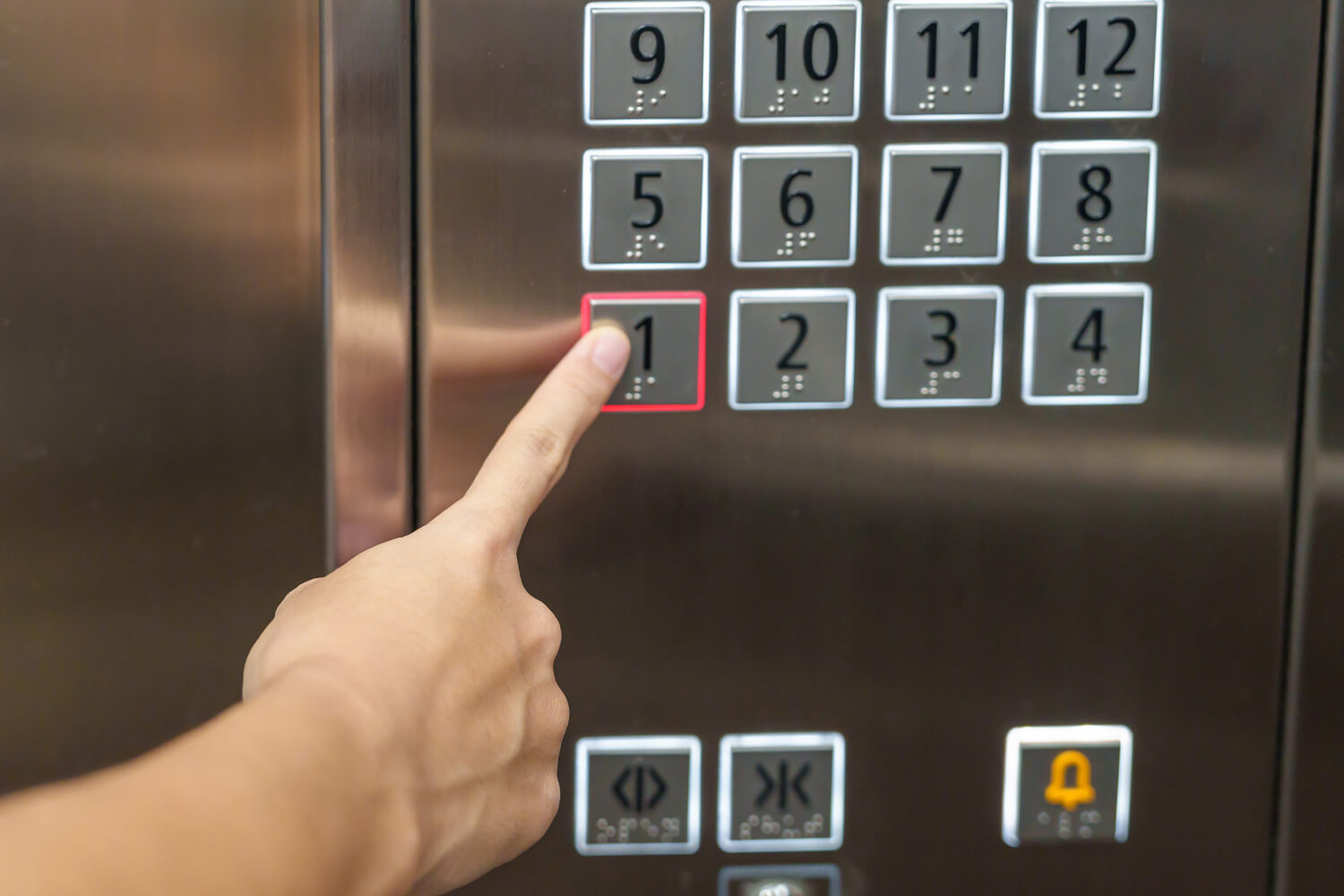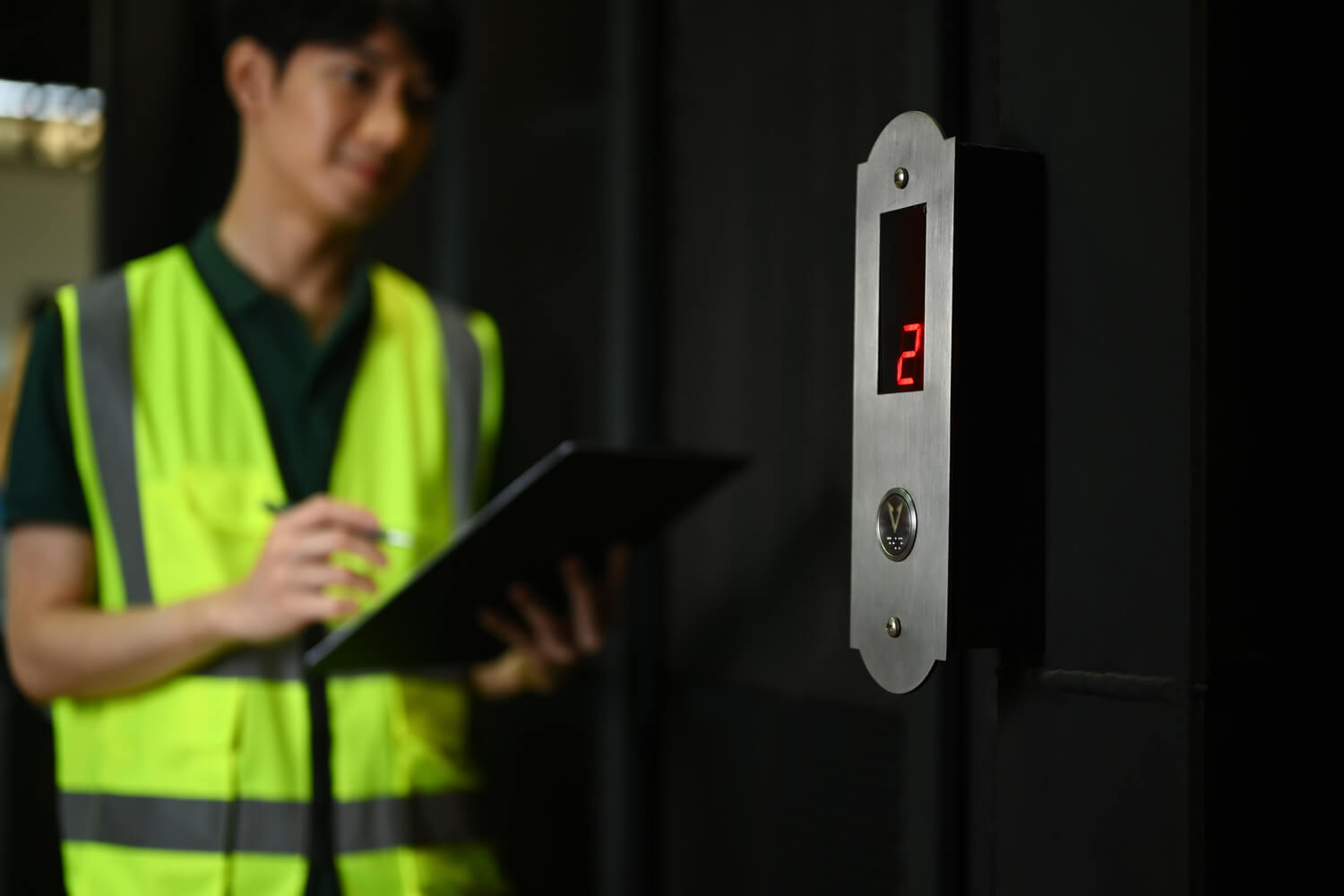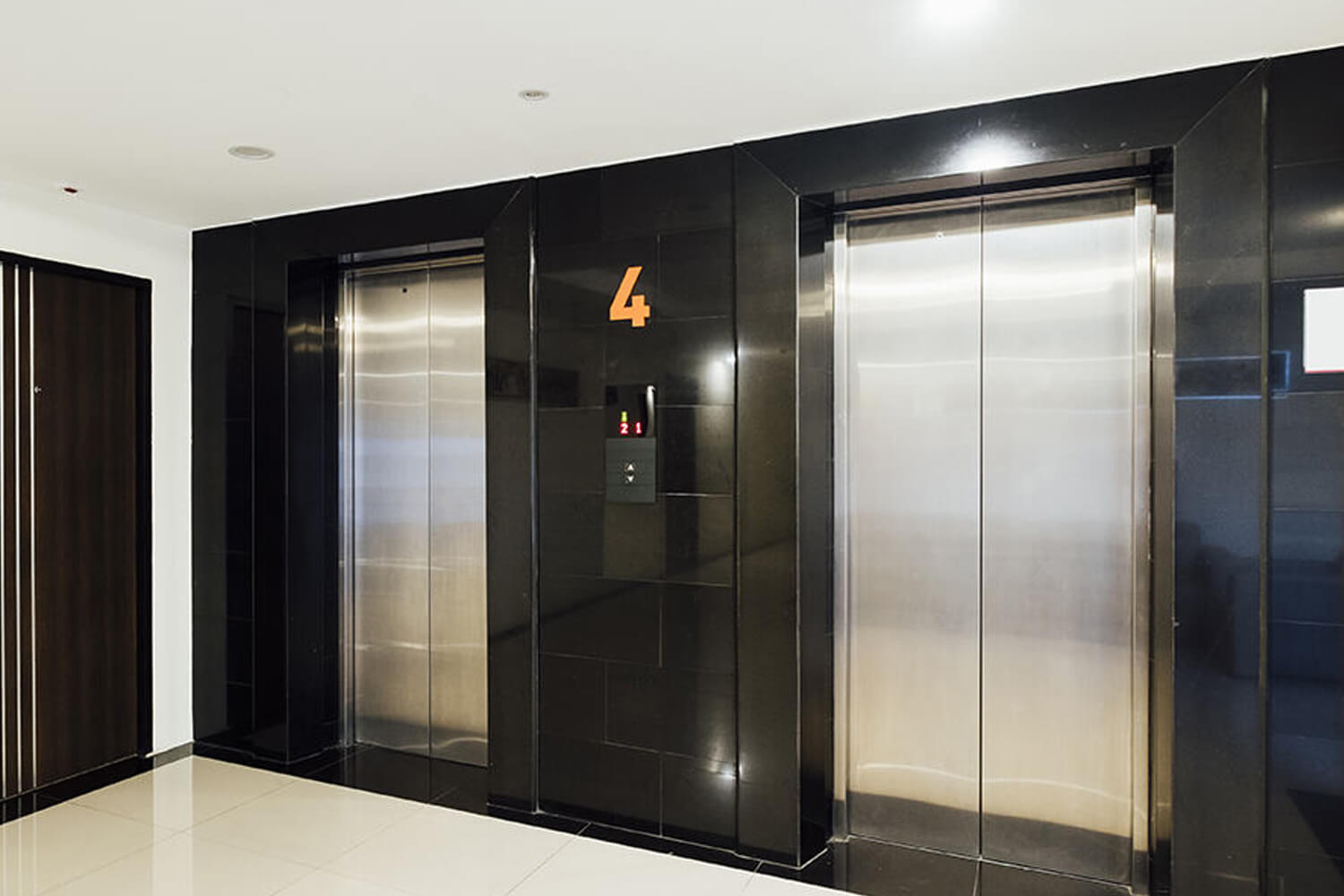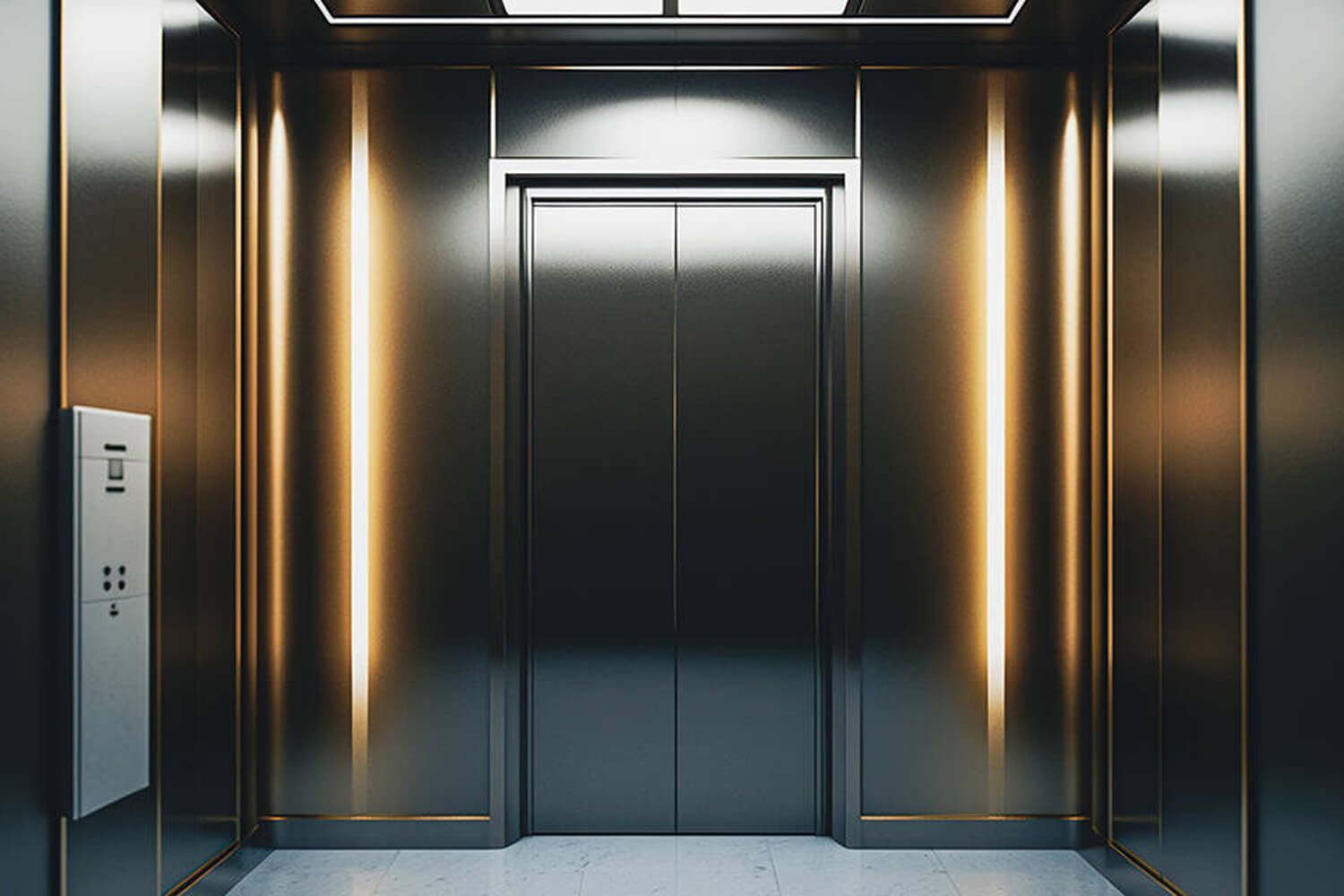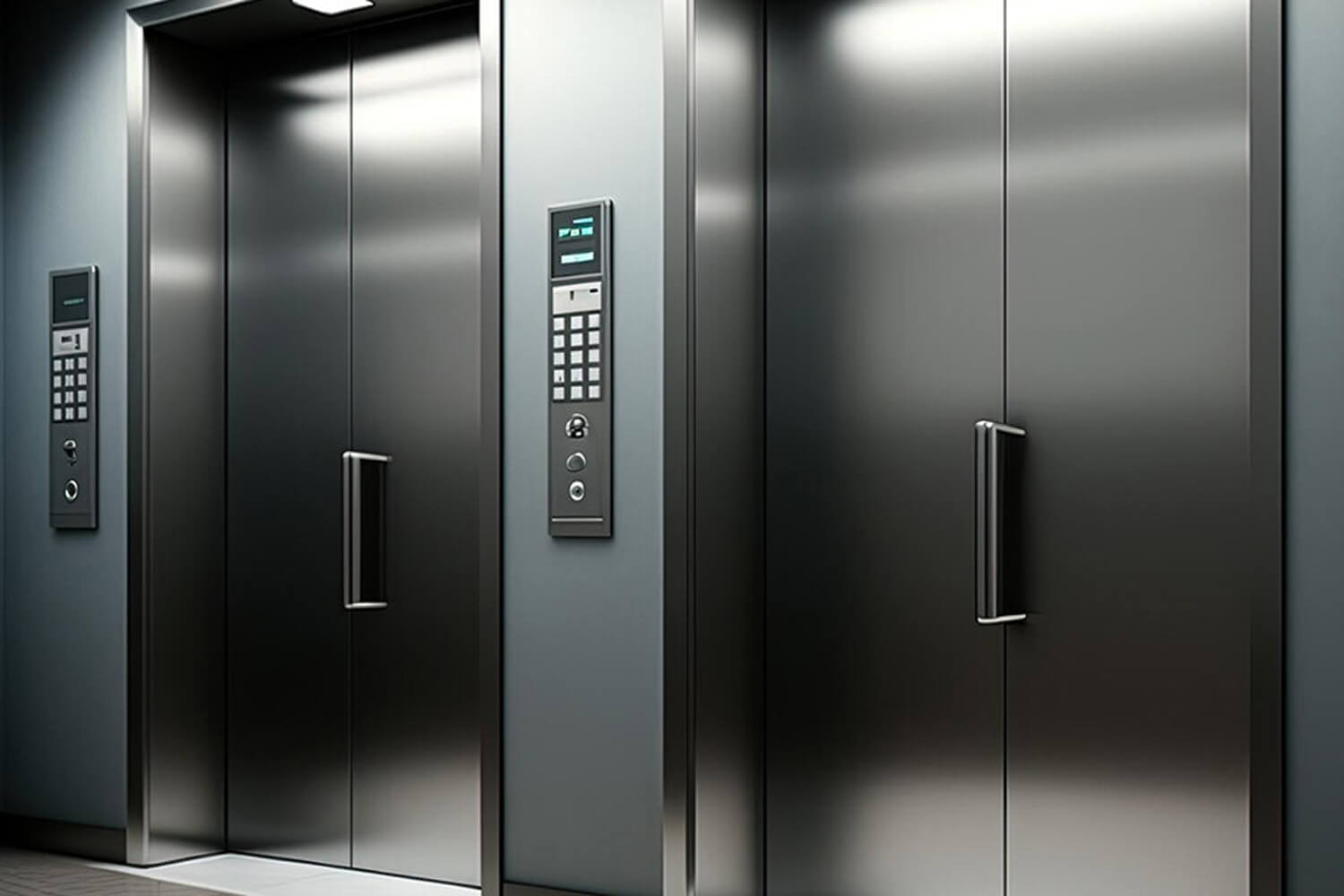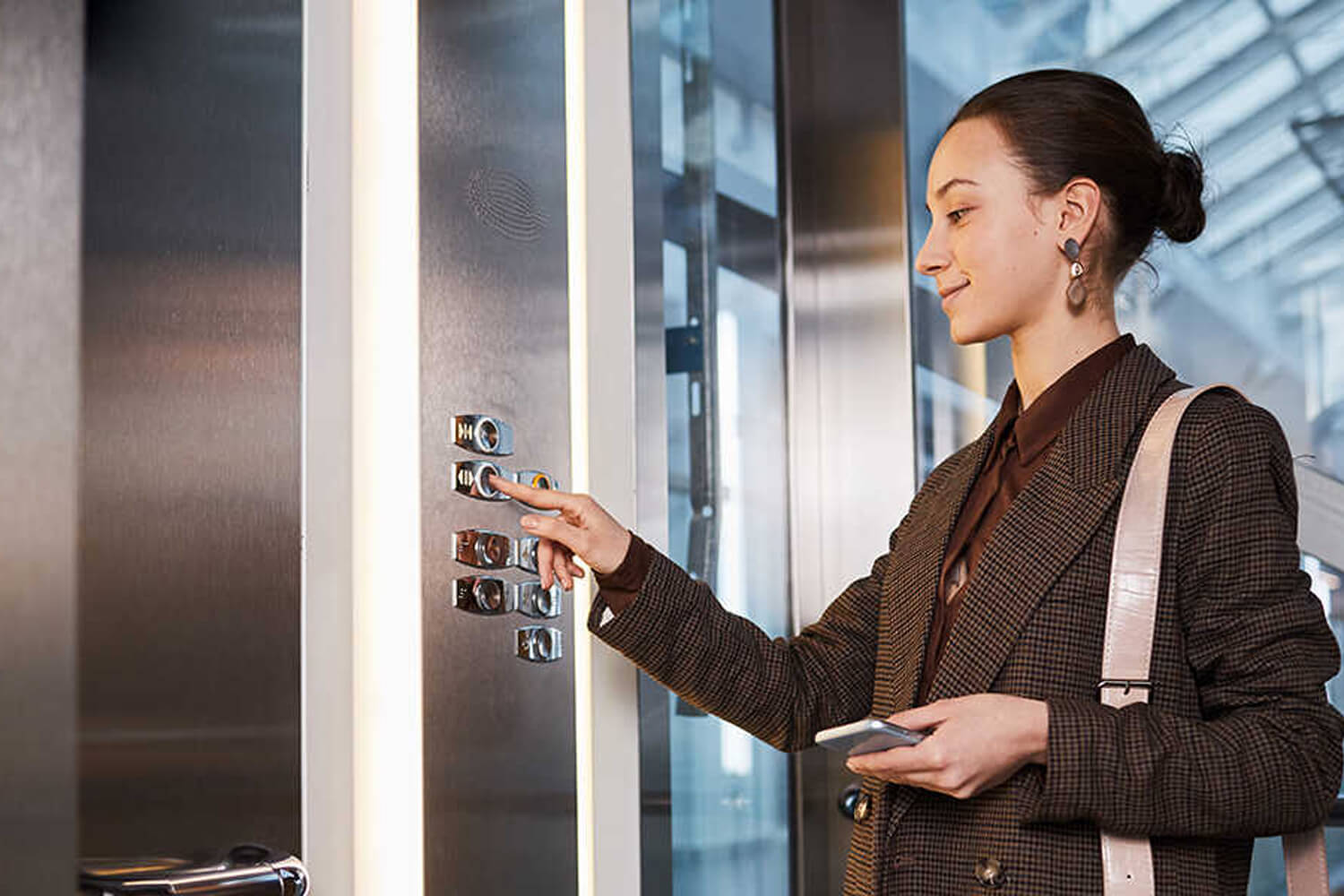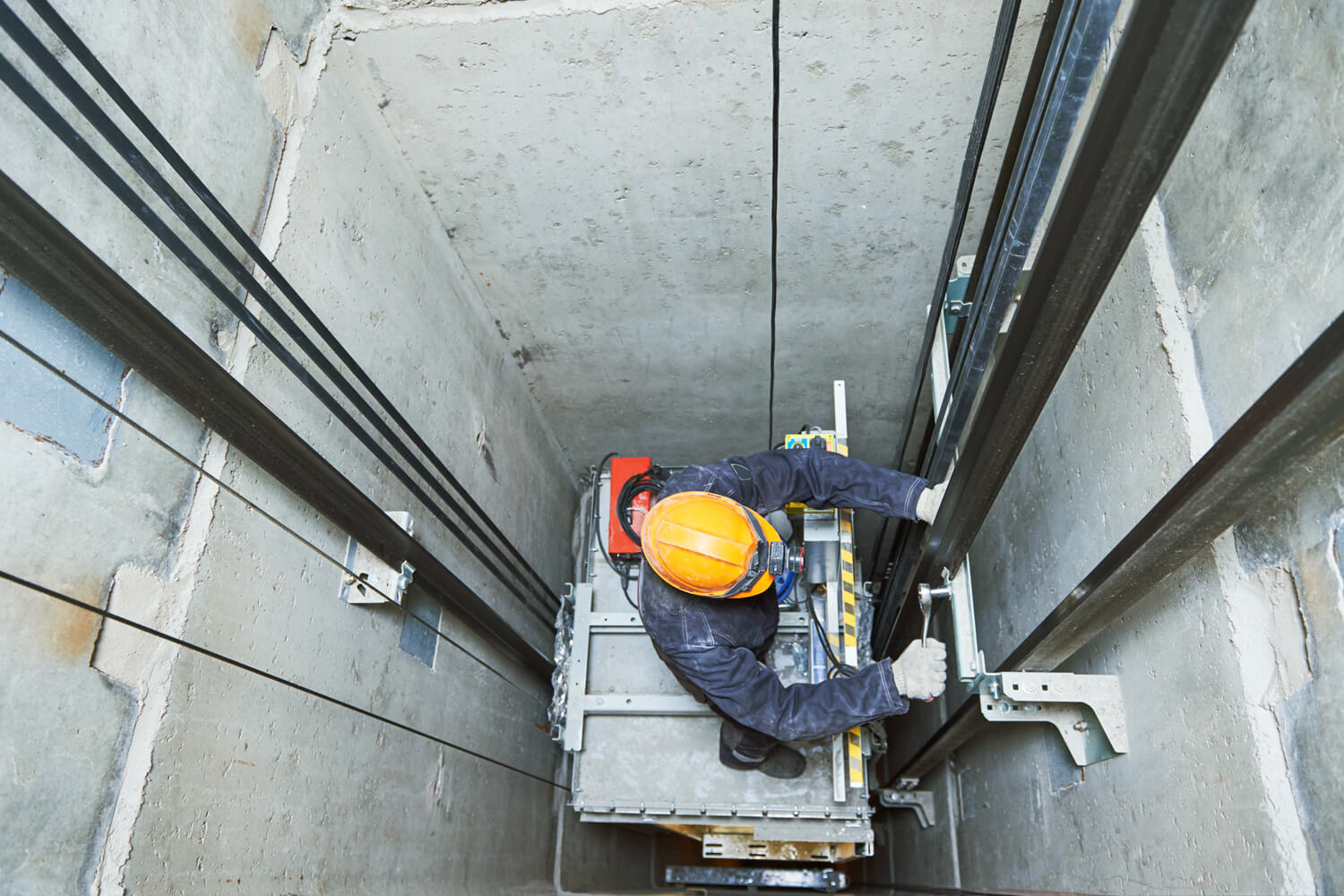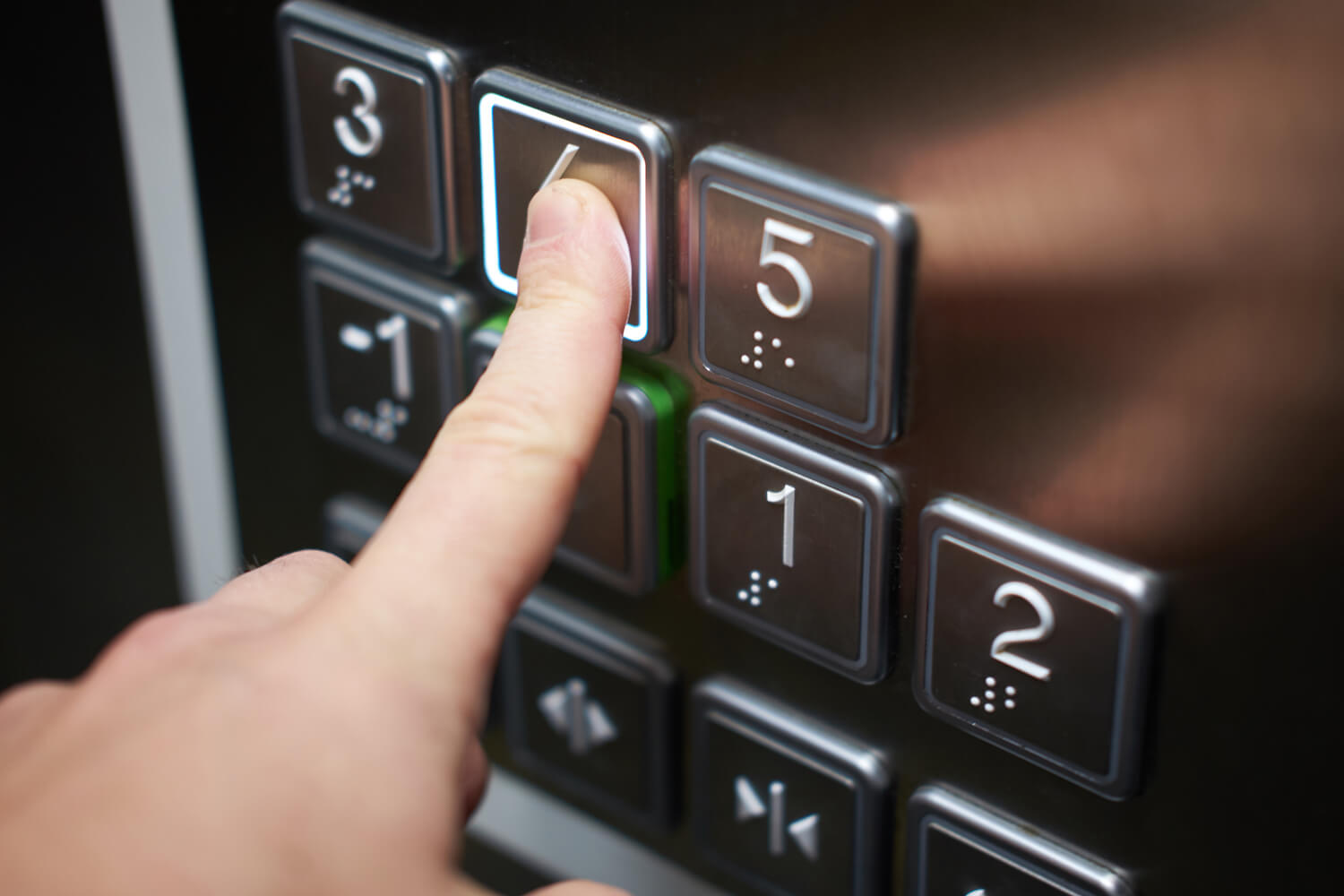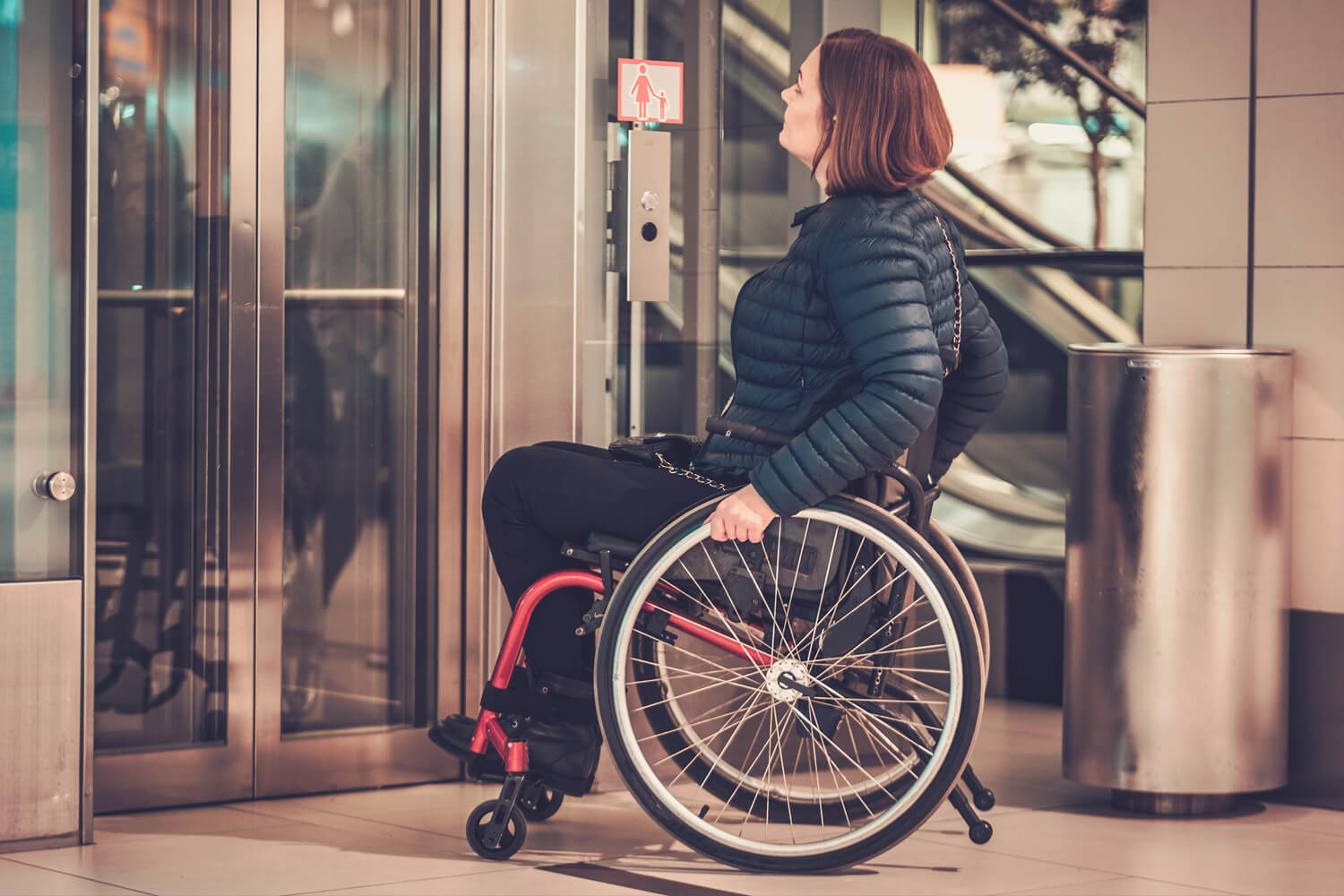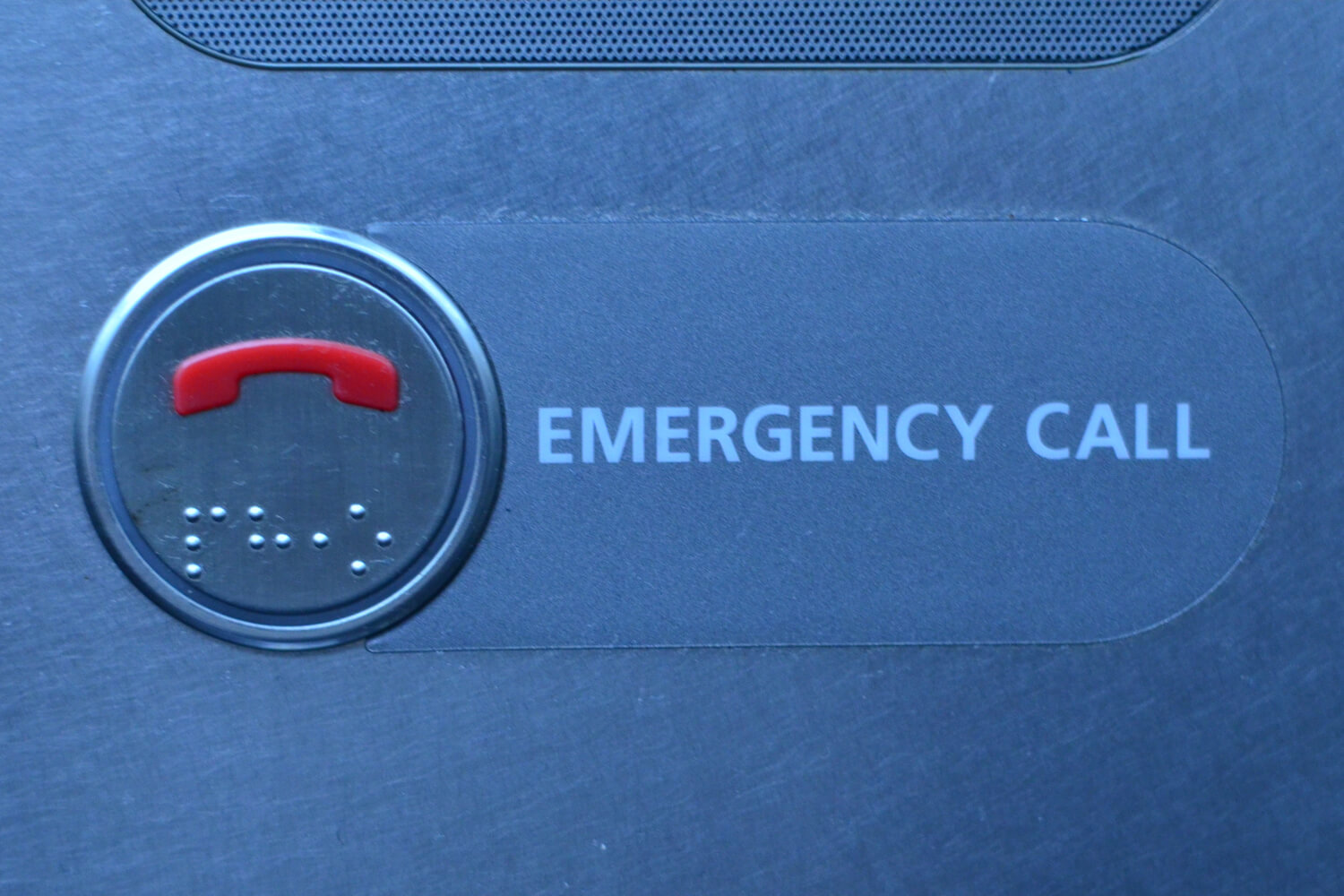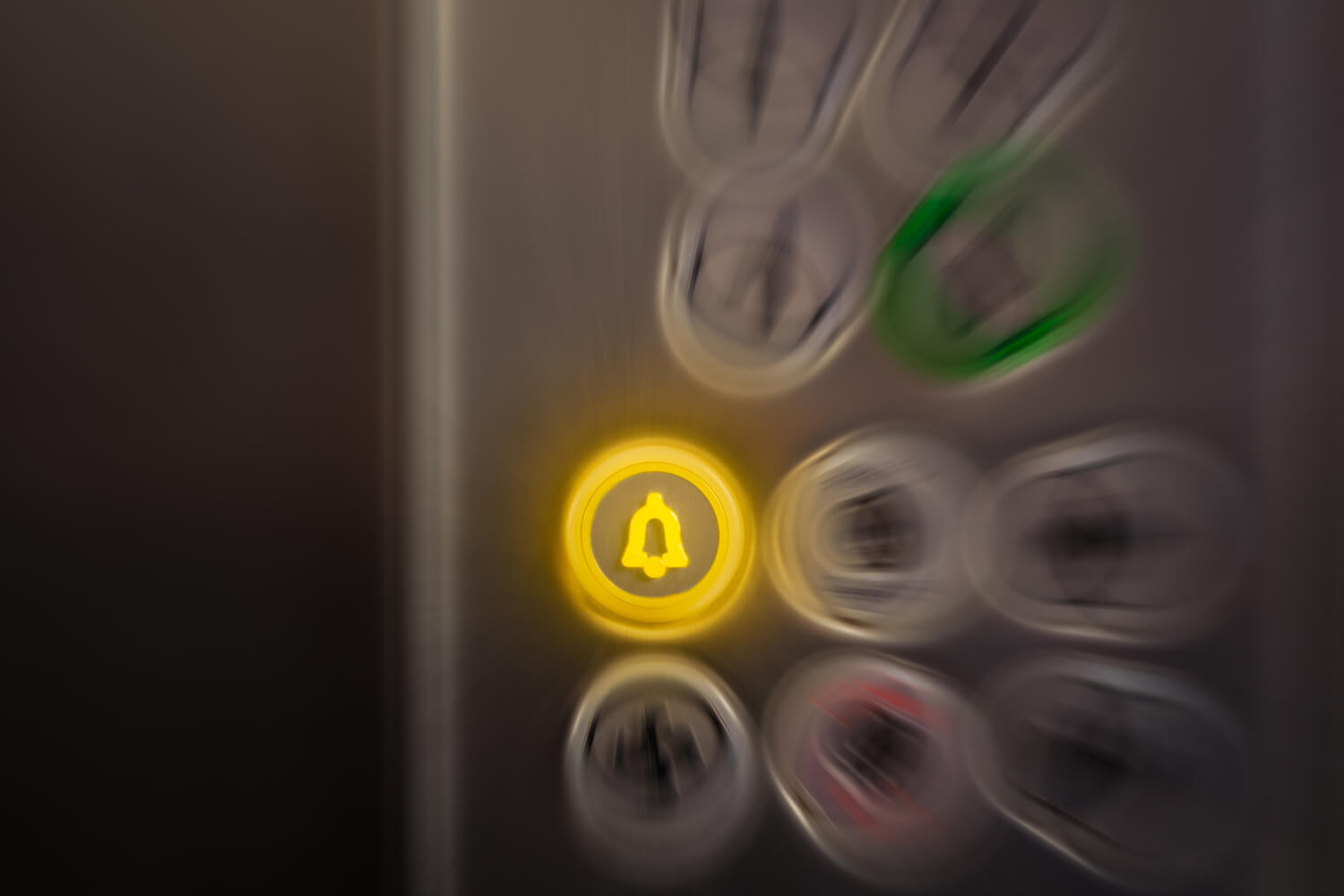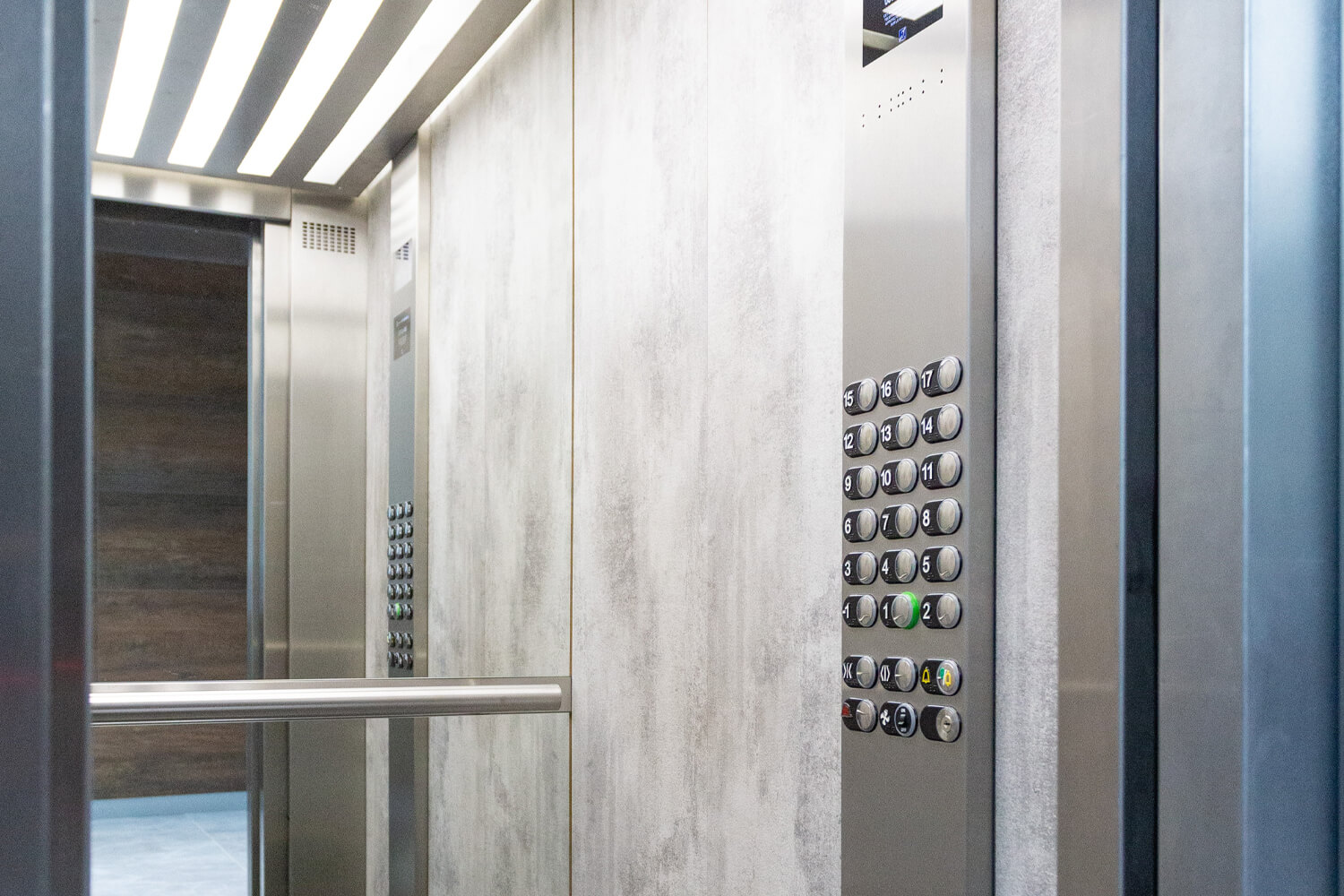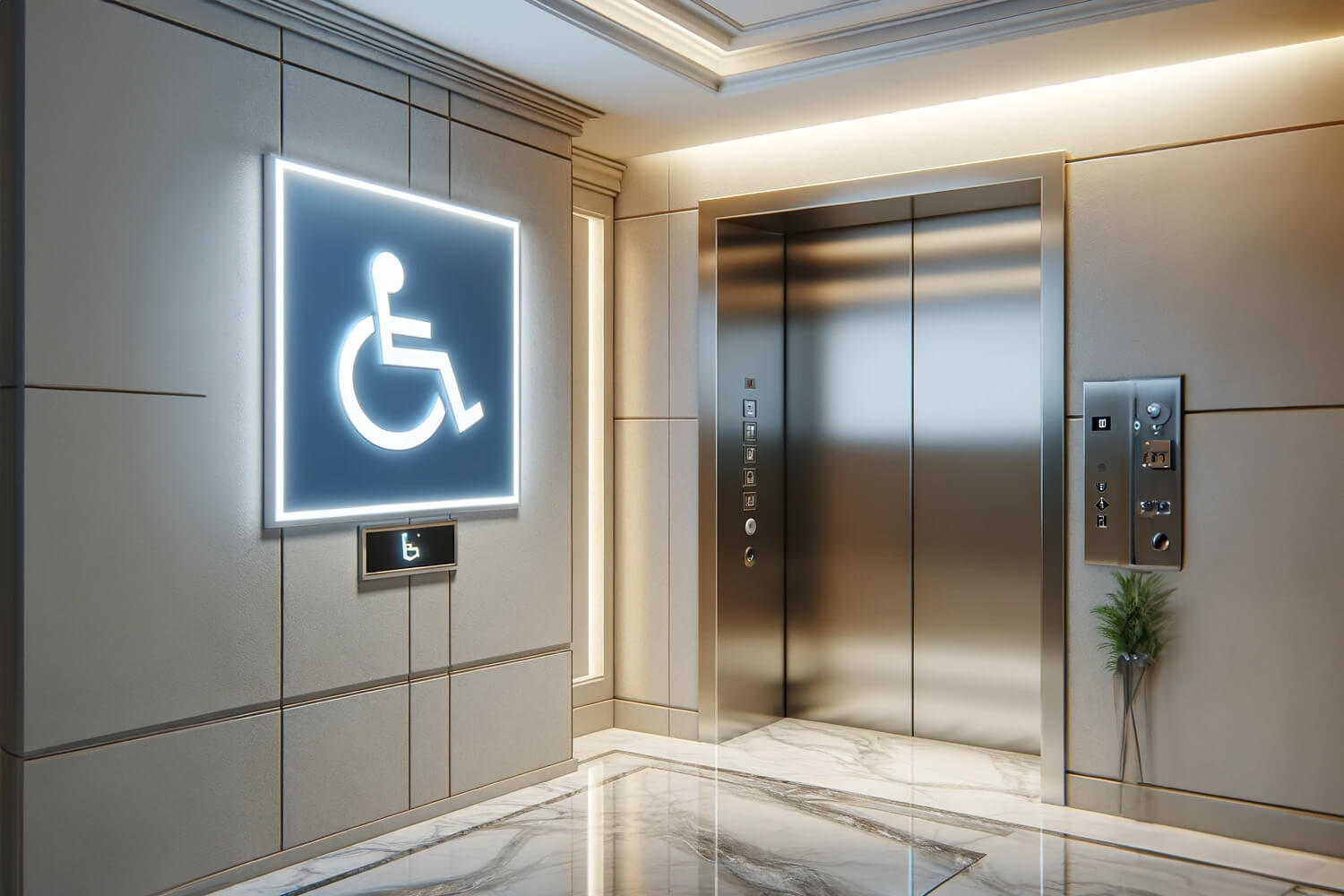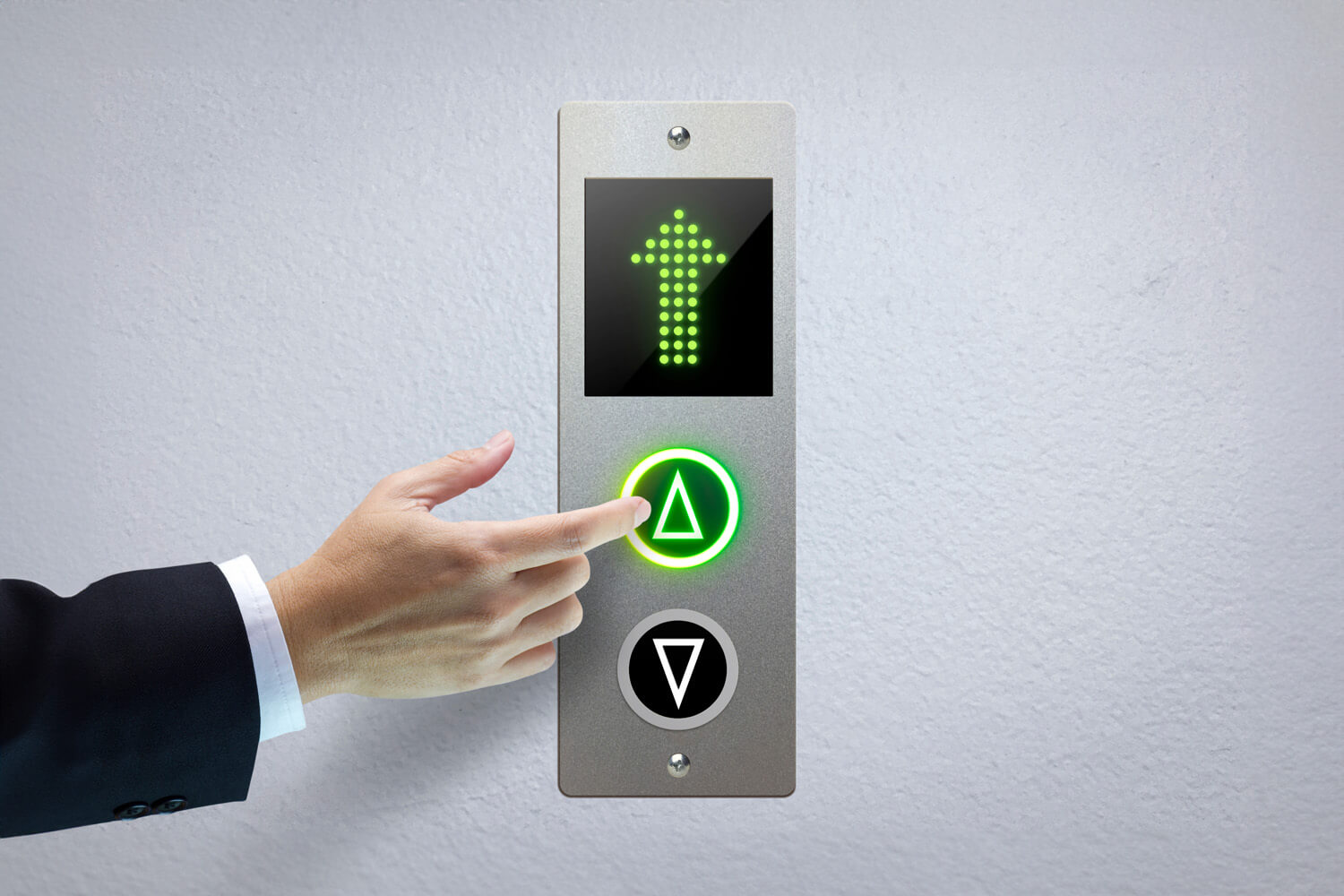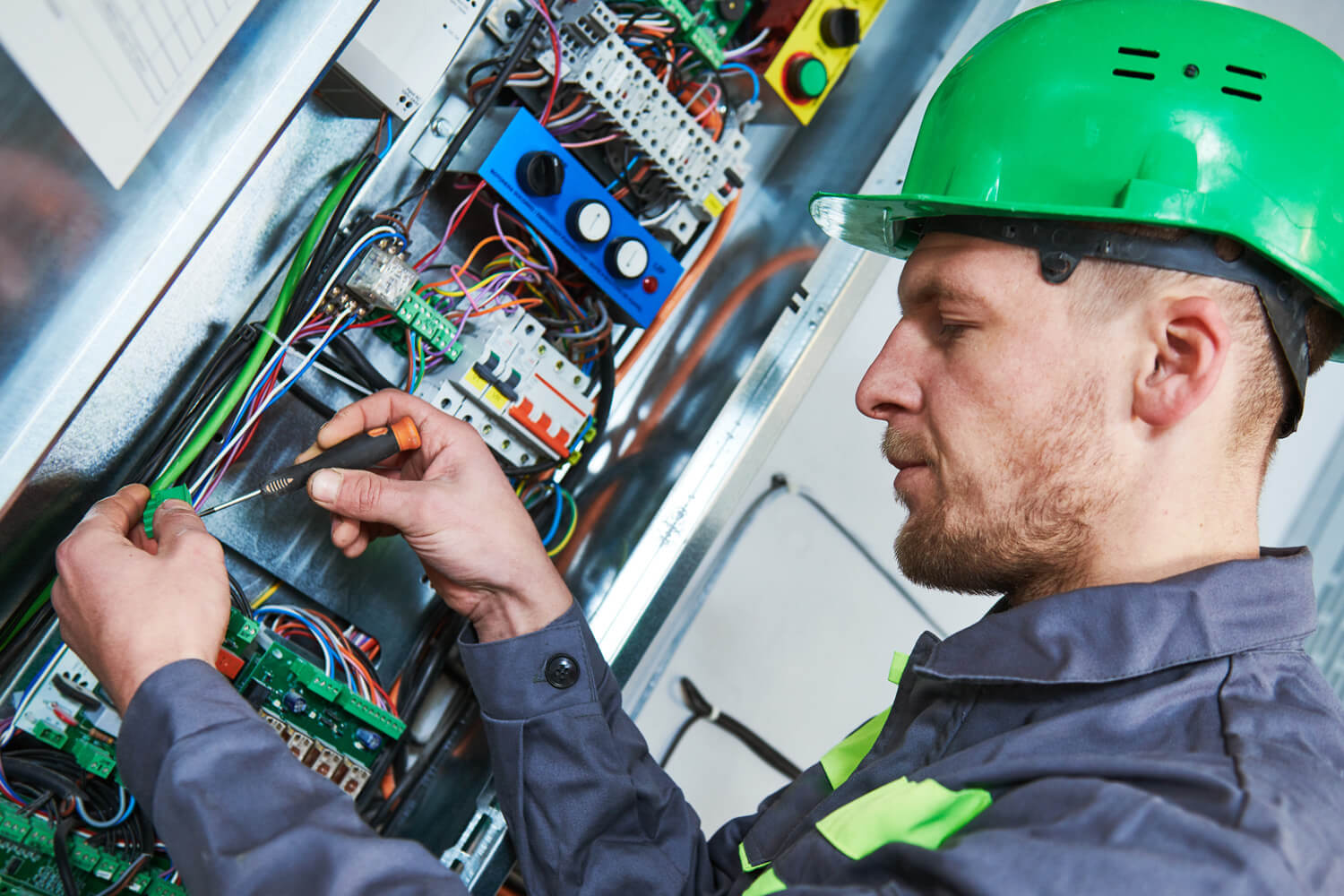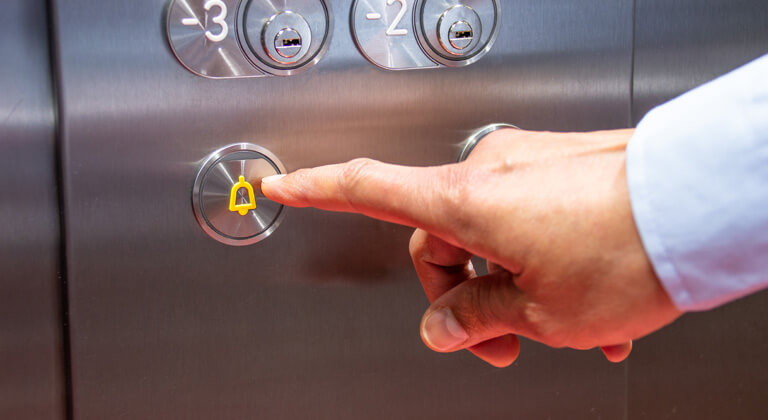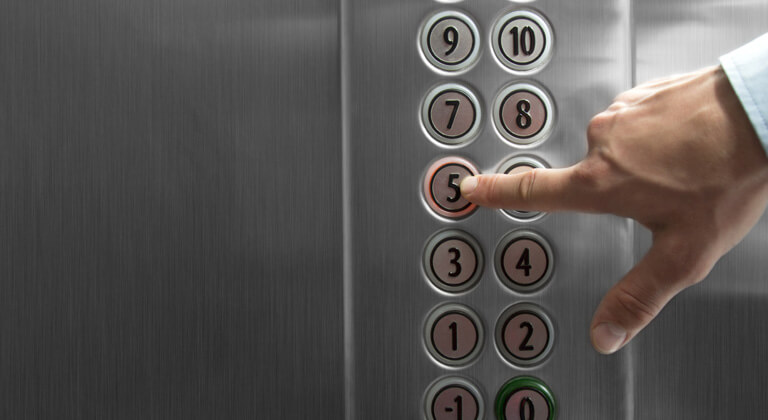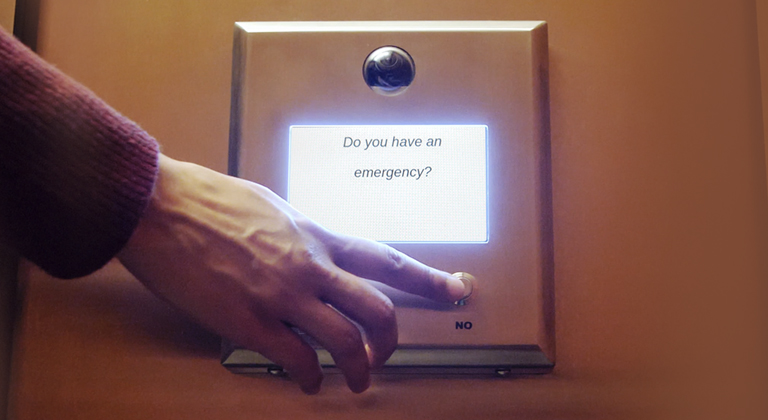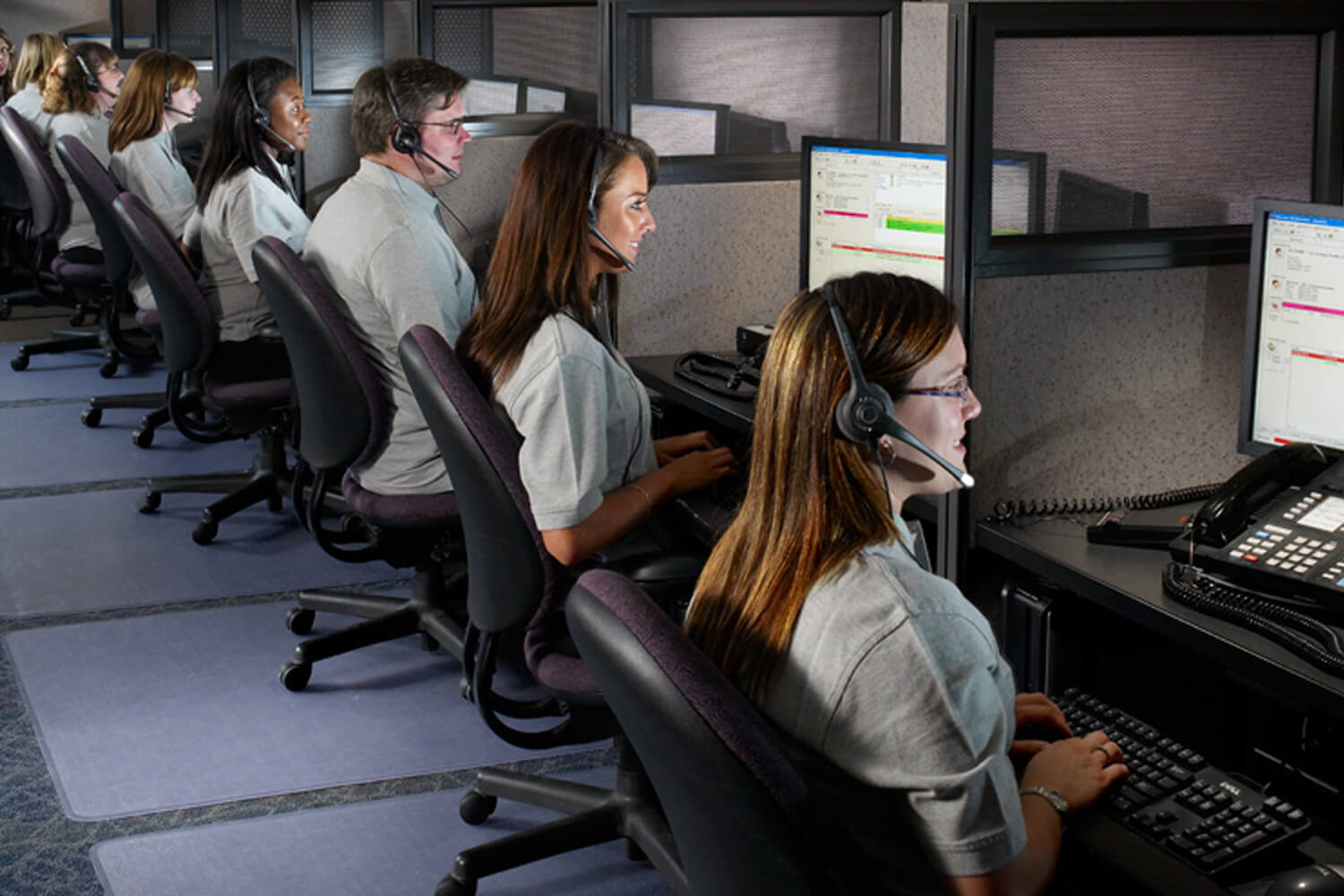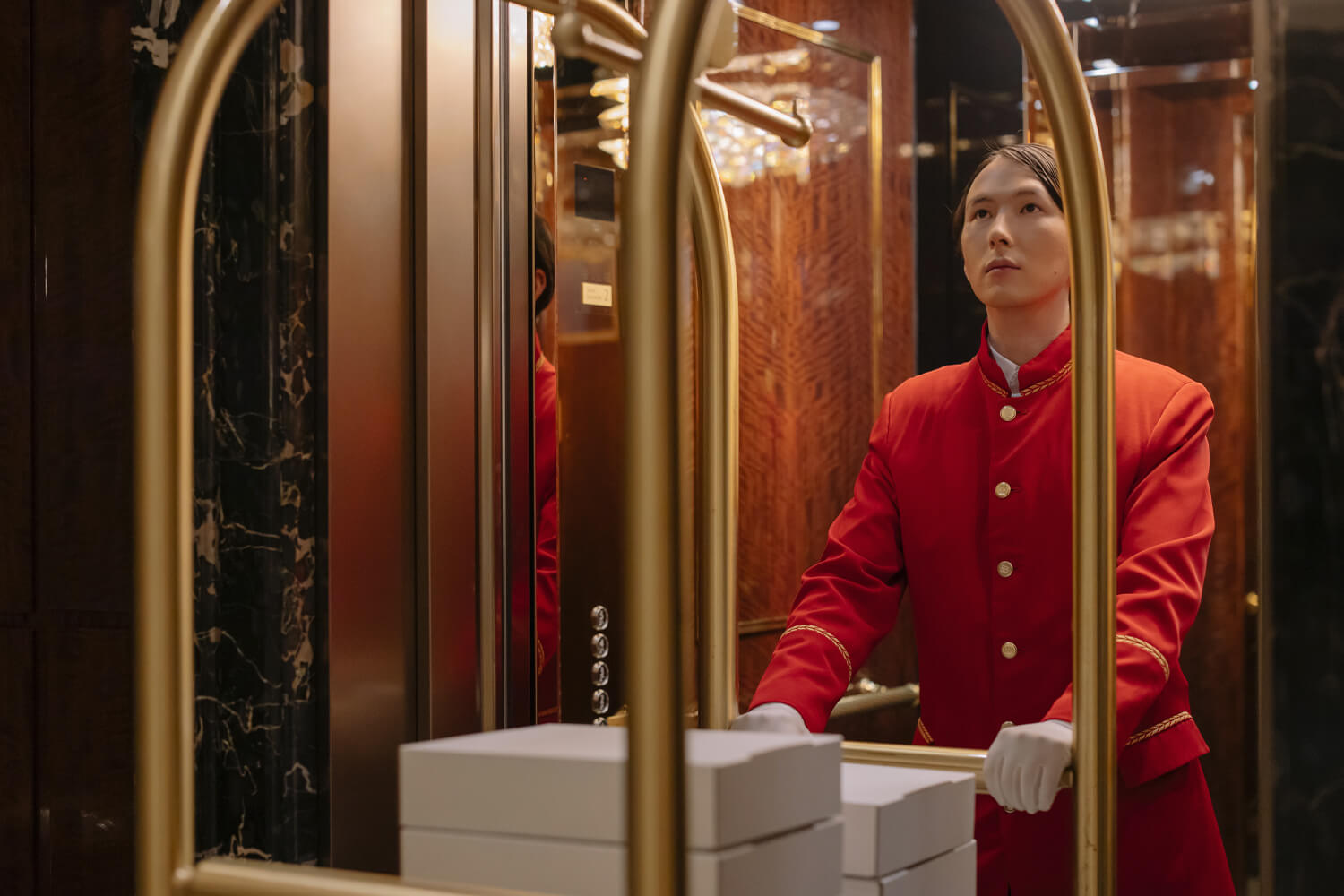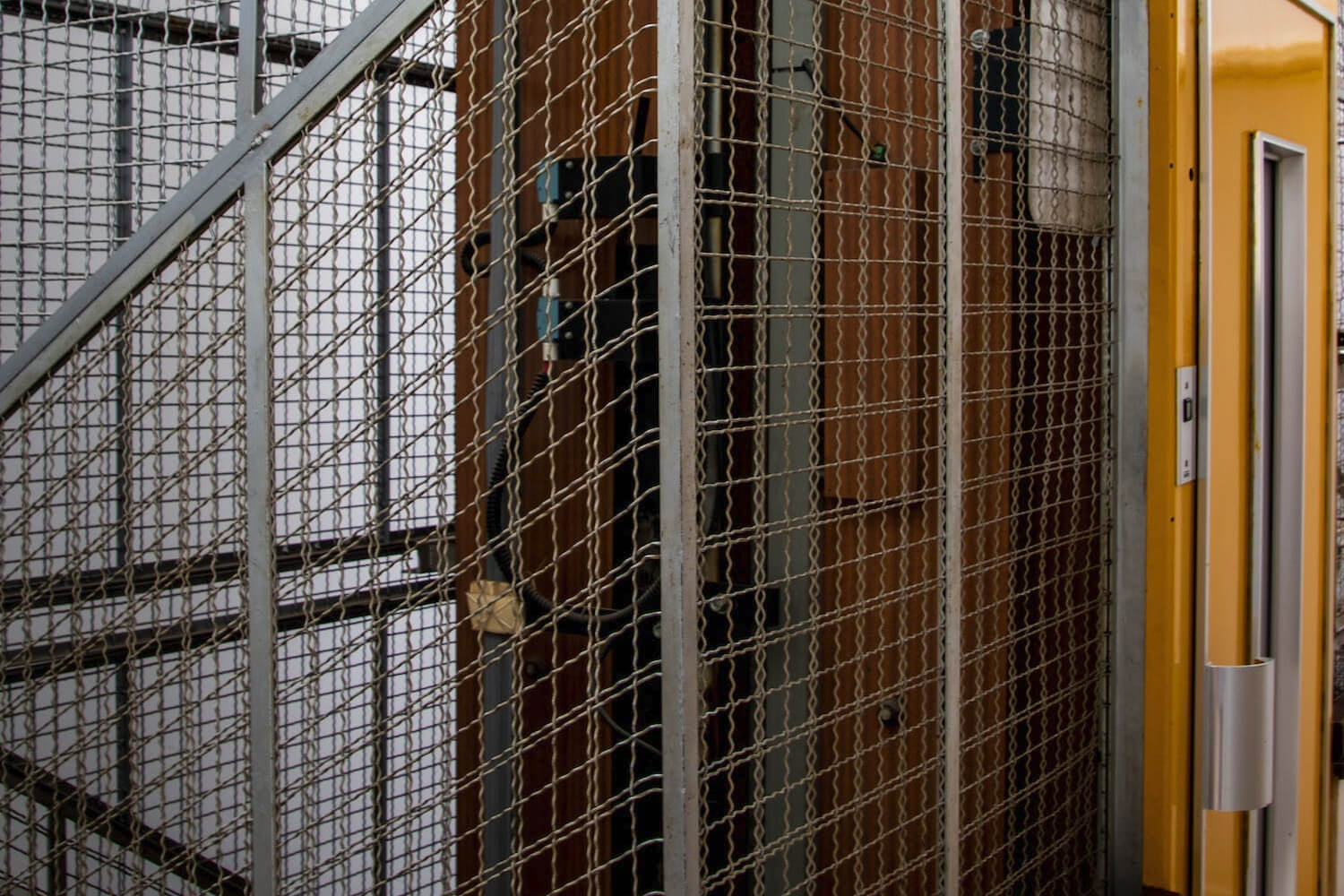Advanced elevator monitoring solutions can keep passengers safe in case of an emergency. In addition to real-time monitoring, modern systems have several other mechanisms to navigate emergency operations, such as the earthquake button. This begs the question: What does the earthquake button do in an elevator?
Our experts at ELEVATE Monitoring are here to break down the answer. Discover the basics of this safety feature and the benefits it provides.
Seismic Sensors Aid Elevators in Earthquake-Prone Areas
Depending on which part of the world you’re in, earthquakes could be a common occurrence or a once-in-a-generation rarity. California locals, for instance, frequently experience the ground shaking as fault lines shift. Meanwhile, this natural phenomenon is hardly ever an issue along the U.S. Eastern seaboard.
Elevator manufacturers recognize the safety hazards of earthquakes and can equip systems with special sensors. These detect movement and will trigger an automatic shutdown in a seismic event.
Earthquake Buttons Help Passengers Navigate an Emergency Situation Safely
What does the earthquake button do in an elevator? Unlike the normal control buttons to close the door or change floors, passengers don’t have to worry about hitting the earthquake button. This mechanism serves as more of an indicator when the earthquake detection system is triggered.
As with most elevator emergencies, the system has safety protocols in place to protect passengers. Pronounced seismic activity will automatically cause the elevator to stop at the closest floor and open its door. The door will remain open to ensure that all riders can safely evacuate.
Once there is no longer a threat, personnel can get the elevator system out of its current safety mode.
Other Elevator Safety Measures for Withstanding Earthquakes
Seismic sensors are just one of many features that keep riders safe in earthquake-prone regions. Other notable design features include:
- Flexible materials: Manufacturers strategically select materials that absorb and release energy so they don’t break.
- Counterweight safety mechanisms: Elevator counterweights will remain secure even as a building moves during a quake.
- Shaft reinforcements: Fitting shafts with reinforced materials prevents the risk of injury. This protective measure keeps the shaft from collapsing.
Can You Trust an Earthquake-Resistant Elevator?
It’s not uncommon to be concerned about your safety in an elevator. Thankfully, solutions like security cameras and two-way monitoring alleviate many safety issues. But what about a potential earthquake?
Commercial lifts that feature earthquake safety features undergo rigorous testing. You don’t have to worry about the system malfunctioning while you’re onboard and the ground begins to move. As long as the operator keeps up with routine maintenance, all systems should work properly.
Equip Your Elevators With Specialized Monitoring Systems for Greater Protection
After reading this guide, you no longer have to wonder, “What does the earthquake button do in an elevator?” However, you might be curious about emergency elevator phones or other ways to respond to an emergency. That’s where ELEVATE Monitoring comes in.
Contact us today to learn about our two-way monitoring solutions. Call 877-990-9191 to get started!

